First vs. Second Sale: ECJ Clarifies Customs Valuation
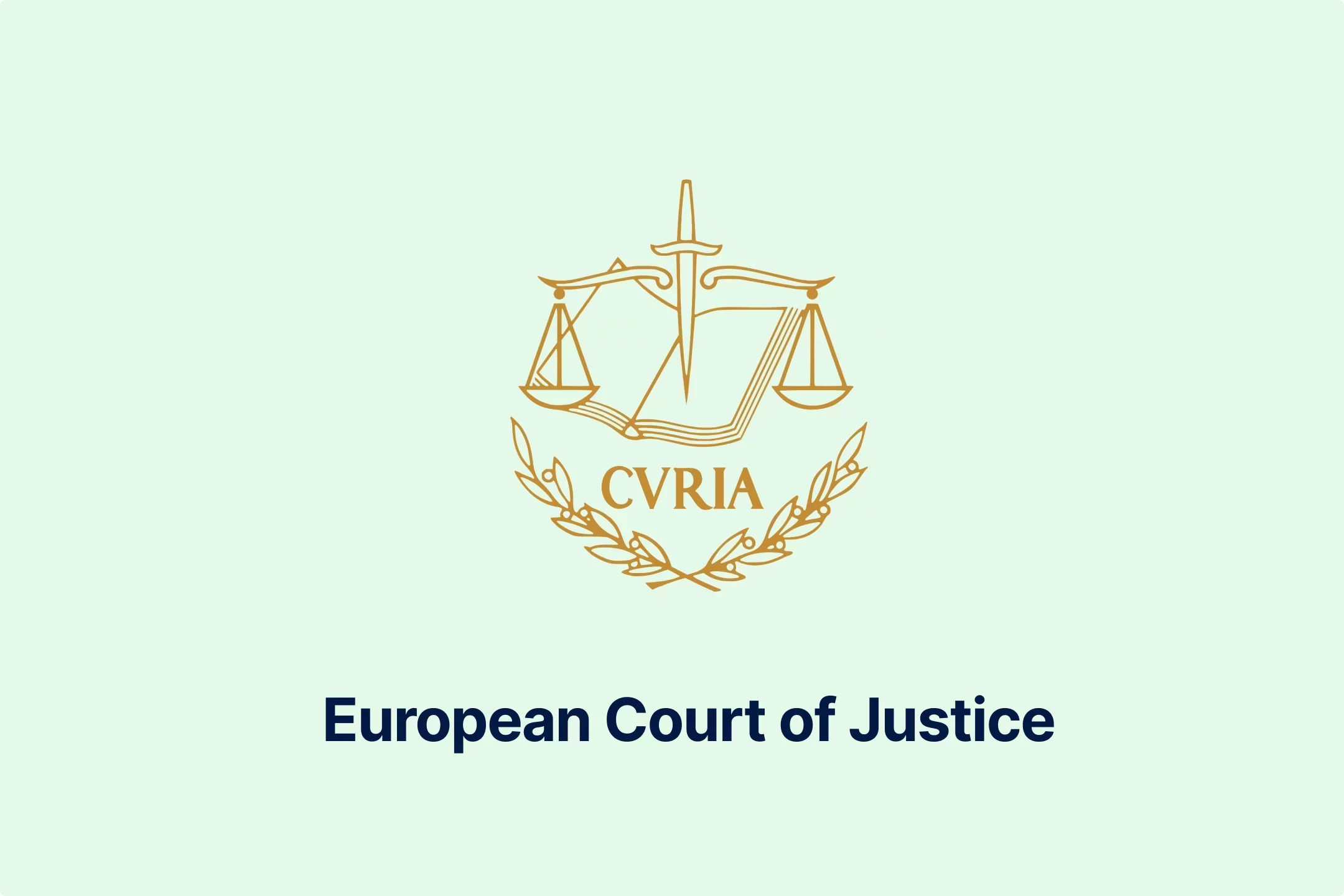
Summary
The ECJ ruled on the customs valuation and tariff preference treatment of cigars imported into Spain under a customs warehousing procedure.
Customs Value: When goods are first sold for import and placed in a customs warehouse, and then sold again upon release for free circulation, the customs value is determined at the time the goods entered the warehouse, based on the price of the first sale, provided specific conditions are met (Article 112(3) of the Community Customs Code).
Proof of Origin: Customs authorities are not required to accept a proof of origin (certificate) submitted after its validity period (generally 10 or 4 months), even if the same proof was previously used for other goods from the same quota that were released on time.
The decision underscores the importance for businesses to determine the customs value correctly and strictly comply with the regulations regarding the timely submission of origin documentation for preferential tariffs.
🎧 Prefer to Listen?
Get the audio version of this article and stay informed without reading - perfect for multitasking or learning on the go.
The case between Compañía de Distribución Integral Logista (Logista) and the Spanish State Agency for Tax Administration concerns the customs valuation and tariff preference treatment of cigars imported into Spain from Cuba and other countries.
The core issue is whether the customs value should be based on the initial sale from Corporación Habanos to Altadis or on a subsequent sale to Logista upon release for free circulation. In addition, a question raised by the Spanish Supreme Court seeks clarification on the acceptance of proofs of origin for preferential tariffs after their expiration.
Background of the Case
Corporación Habanos sold cigars to Altadis and handled their transport from Cuba to a customs warehouse in Spain, where they were stored by Logista as consignee under the customs warehousing procedure. Notably, some cigars were sold for duty-free shops without being released for free circulation, while Altadis resold others to Logista. Regarding the latter, some cigars were destined for territories outside the EU customs area, such as Ceuta and Melilla, and others were intended for sale to tobacconists in Spain.
Regarding the cigars sold to tobacconists, which are the central point of this case, Altadis kept ownership until Logista arranged their sale. Once the sale was placed, Altadis transferred ownership to Logista, which then released the cigars for free circulation so they could be legally sold to the tobacconists. However, when the cigars were ultimately released for free circulation, their customs value was declared based on the first sale between Corporación Habanos and Altadis.
The Spanish Tax Authority rejected this qualification, arguing that the first sale, made before cigars entered the customs warehouse, could not be treated as an export sale to the EU. Moreover, it could not serve as the basis for calculating the customs value under the successive sales rule. Consequently, the Tax Authority argued that the customs value should be based on the second sale between Altadis and Logista.
The Tax Authority also determined that the imported cigars, originating from Cuba and several other countries, were not entitled to the tariff preferences initially applied when Logista released them for free circulation. The main reason for this conclusion was that more than two years had passed since the certificates of origin required for those preferences had been issued.
As a result of this reasoning, between 2015 and 2018, the Tax Authority issued assessment notices covering the years 2012 to 2015, seeking to regularize customs duties arising from the improper use of the first-sale method for customs valuation and the expired proofs of origin for tariff preferences.
Logista challenged these notices before the Central Tax Tribunal, which, in October 2018, upheld the Tax Authority's notices. The company again appealed the decision, this time before the National High Court of Spain, which, in a judgment dated July 9, 2021, also dismissed the appeal, upholding the Tax Authority’s conclusions.
The National High Court determined that, since it was not proven that all cigars sold by Corporación Habanos to Altadis were intended for export to the EU or had all been shipped there, the customs value should be based on the second sale. Furthermore, the National High Court ruled that the proofs of origin submitted by the importer could not be accepted to grant preferential tariff treatment, as they were provided after the two-year validity period. However, the Logista was not ready to accept the outcome of the legal dispute and appealed before the Supreme Court.
The Supreme Court considered it necessary to seek clarification on how to determine the customs value of goods imported under the customs warehousing procedure and later released for free circulation, and how to interpret the rules governing the validity of proofs of origin once more than two years have passed since their issuance, particularly in cases where goods from the same import quota were released for free circulation within that timeframe.
Main Questions from Request For Ruling
The Supreme Court referred five questions to the Court of Justice of the European Union (ECJ) for a preliminary ruling. In its first question, the Supreme Court asked whether Article 29 of the Community Customs Code merely sets out the method for determining the customs value without defining the precise moment at which that valuation should occur.
The second question asks whether, under the Custom Code, placing goods in a customs warehouse through the simplified procedure creates or allows a presumption that the goods were sold for export to the EU, and whether this interpretation changes if the goods are released for free circulation following a transfer that occurred while they were stored.
The Supreme Court also asked, provided that answers to previous questions are negative, that the ECJ clarify whether the relevant time for determining the customs value should be the moment the goods are placed under the customs warehousing procedure, or instead the moment they are released for free circulation.
With the fourth question, the Spanish court questioned whether Article 147 of Regulation No. 2454/93 could be interpreted as allowing the presumption that a sale made before the last sale, prior to the goods entering the EU’s customs territory, was itself a sale for export to the EU.
Finally, the court asked whether the key provision from Regulation No. 2454/93 should be understood to mean that if proofs of origin are submitted after the two years, tariff preferences must be denied, even when the same certificate of origin was already used for earlier partial releases of the same goods within those two years.
Applicable EU VAT Directive Article
Given the nature of this case and the questions raised, the ECJ did not consider or interpret the provisions of the EU VAT Directive. Instead, provisions from Regulation (EEC) No 2913/92, also known as the Community Customs Code (Code), and Regulation (EEC) No 2454/93 were identified as the most relevant.
Regarding the Code, Articles 29(1), 76(1)(c), 112(3), 201(1) and (2), and 214(1) were interpreted, since they lay out the fundamental rules for determining the customs value of imported goods and the timing of customs debt. Title IV, Chapter 2, which addresses the preferential origin, as well as Articles 97k, 97n(2), of the Regulation (EEC) No 2454/93, which sets out detailed rules on the origin of goods, preferential tariff treatment, and the treatment of successive sales for customs valuation purposes, were integral for this case.
Spain National VAT Rules
In this case, no national VAT or customs provisions were interpreted. Therefore, the decision was made solely by interpreting EU-wide rules regulating customs matters applicable to the present case.
Importance of the Case for Taxable Persons
The ECJ's interpretation and clarification are highly significant for taxable persons involved in importing goods under EU customs rules, particularly when using the customs warehousing procedure. Moreover, the case highlights the critical importance of correctly determining the customs value and complying with the regulations on proofs of origin.
Analysis of the Court Findings
The ECJ divided its analysis into two main parts. The first part addresses the main issues in questions one to four, where the ECJ begins the analysis by reformulating the questions submitted. Since it is apparent from these four questions that the Supreme Court seeks guidance on how to determine the correct point in time for establishing the customs value of the goods and on which sale to consider when the declarant relies on Article 112(3) of the Code, the ECJ reformulated the questions accordingly.
Thus, the ECJ combined four questions into one and focused on a single key question. That question is whether Articles 29(1) and 112(3) of the Code, together with Article 147 of Regulation No 2454/93, should be interpreted as meaning that, when goods, such as cigars, are first sold to bring them into the EU and put in a customs warehouse, and then sold again when they are released for sale, the customs value should be calculated based on the time they entered the warehouse and the price from that first sale, rather than the second sale.
From there, the ECJ noted that under Article 29(1) of the Code, at the time of the sale, it must be agreed that the goods from a non-EU country will be transported into the EU customs territory, ensuring that the transaction value corresponds to an export price to the EU. However, this provision does not specify the exact moment when that value must be determined.
Nevertheless, Article 214(1) clarifies that, unless the Code provides otherwise, import or export duties are calculated in accordance with the rules in effect at the time the customs debt arises. This definition established a general principle that duties are assessed as of the moment the debt is incurred.
Additionally, Article 201(1)(a) and (2) states that when the event triggering the debt is the release of goods for free circulation, the customs debt arises at the time the customs declaration is accepted, which is when the applicable duties must be determined.
However, there are exemptions for goods released under the simplified procedure that allow the declarant to use the earlier customs value when the goods are entered into the warehouse, rather than the value at the time of their release for free circulation, if specific conditions set in Article 112(3) are met.
Regarding the interpretation of rules relevant to proving that goods were sold for export to the EU, Article 147(1) of Regulation No 2454/93 sets out the rules for the purpose of applying Article 29(1) of the Code. Article 147(1) states that declaring goods for free circulation is generally sufficient to indicate that they were sold for export to the EU.
However, when there are several sales before customs valuation, only the last sale that brought the goods into the EU, or a sale that happened in the EU before the goods were released, automatically counts as proof. If the declarant wants to use the price from an earlier sale, they must show that the earlier sale was intended for export to the EU.
The ECJ added that this Article does not require the sale to occur immediately before the goods are released, meaning that the goods could have been placed in a customs warehouse between the sale and their release for free circulation.
Following this interpretation, if the conditions of Article 112(3) of the are met, and the goods had already been sold in a way that brought them into the EU when they were placed in a customs warehouse, their customs value can be based on the transaction value of that sale, without needing additional proof that the sale was for export to the EU.
Moreover, because placing goods in a customs warehouse allows for different possible future uses, it does not matter that other goods from the same quota were later sold without being released for free circulation. Consequently, this means that this does not affect the application of the first sale’s value under Article 147(1).
Regarding the fifth question, the ECJ notes that, under Article 97k of Regulation No 2454/93, a proof of origin is valid for 10 months from its issue in the exporting country and must be submitted to the importing country’s customs authorities within that period. However, Article 97n(2) allows late submission in exceptional circumstances or, in other cases, if the goods were presented to customs before the end of the validity period.
Similarly, Article 118 provides that a proof of origin is valid for four months from its issue and must be submitted within that period, allowing late submissions due to exceptional circumstances, provided the goods were presented to customs before the end of the period.
In essence, both sets of rules set the validity period and submission deadlines for proofs of origin to apply tariff preferences, allowing customs authorities to carry out the necessary checks to verify that such preferences are justified. Notably, these rules also cover cases where proofs of origin are submitted late for reasons other than exceptional circumstances. However, they set one key condition for authorities to accept these proofs: the goods themselves must have been presented to customs within the prescribed period.
Courts Final Decision
The ECJ ruled that in cases when goods are first sold and brought into the EU to be placed under a customs warehousing procedure, and are then sold again for release under the simplified procedure, the customs value is determined at the time the goods entered the warehouse, based on the transaction value of the first sale.
Additionally, customs authorities are not required to accept a proof of origin submitted after its validity period for applying tariff preferences, even if that same proof was previously submitted on time for other goods in the same quota.
Conclusion
The ECJ's decision guides how to handle valuation and origin documentation in complex import scenarios, offering legal certainty and helping businesses avoid significant customs adjustments or penalties. In the end, the decision did not exonerate Logista. It upheld the principle of procedural strictness in customs matters, reinforcing that importers bear the burden of timely documentation and proof when claiming tariff preferences.
Source: Case C‑348/24 - Compañía de Distribución Integral Logista v State Agency for Tax Administration, Regulation (EEC) No 2913/92, Regulation (EEC) No 2454/93

Featured Insights

Angola’s E-Invoicing Mandate: Phased Implementation Continues Into 2026
🕝 December 10, 2025
VAT Deduction and Business Succession: When Do Advisory Costs Serve the Company’s Interest?
🕝 December 8, 2025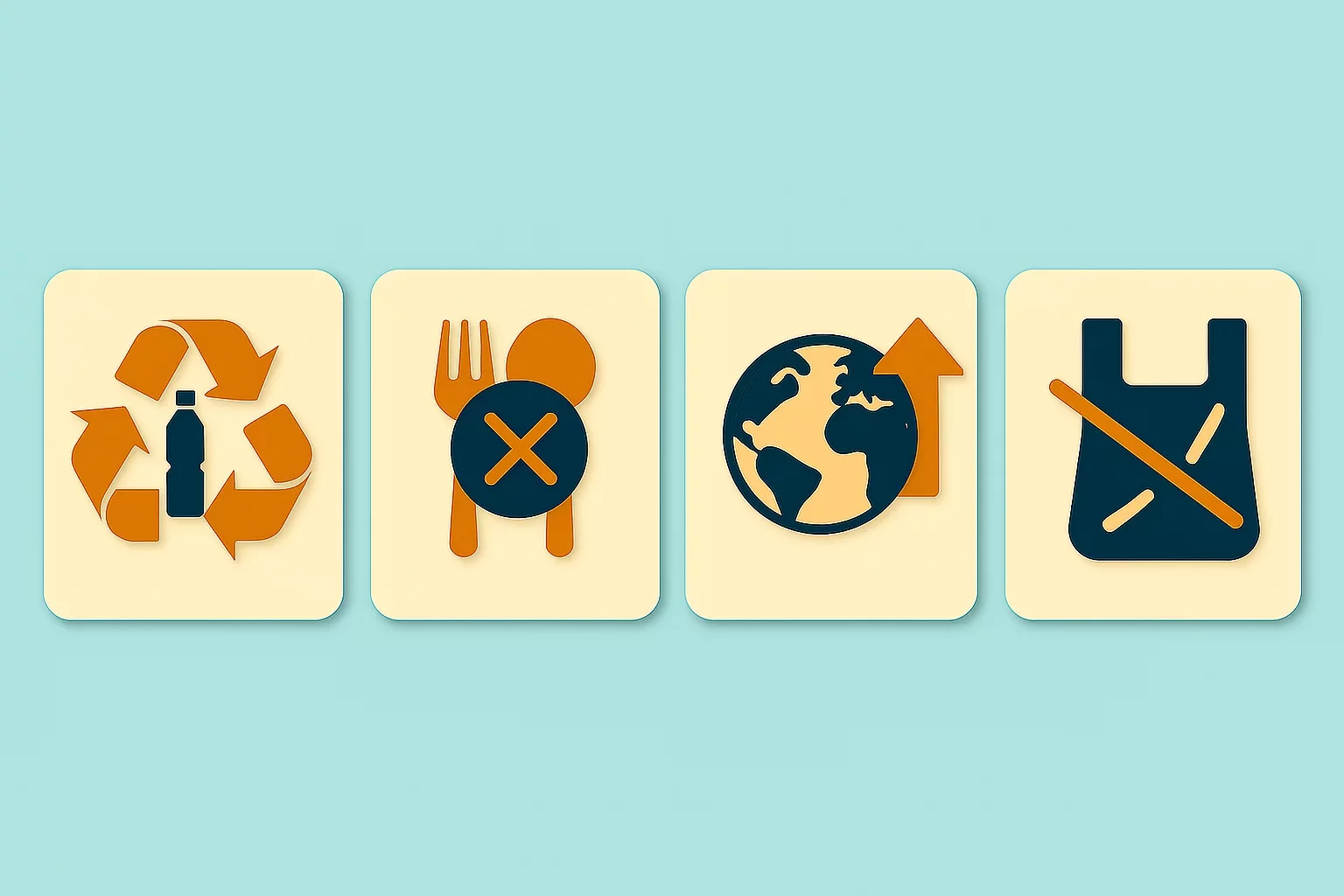
Europe’s Plastic Fiscal Shift: Why Italy’s Plastic Tax Now Starts in 2027
🕝 December 3, 2025
The Decline of Low-Value Import Exemptions: Closing Gaps in Cross-Border E-Commerce
🕝 November 20, 2025More News from Europe
Get real-time updates and developments from around the world, keeping you informed and prepared.
-e9lcpxl5nq.webp)



-i6rki3jbad.webp)
-hdwgtama05.webp)

-atbhy5fyxv.webp)



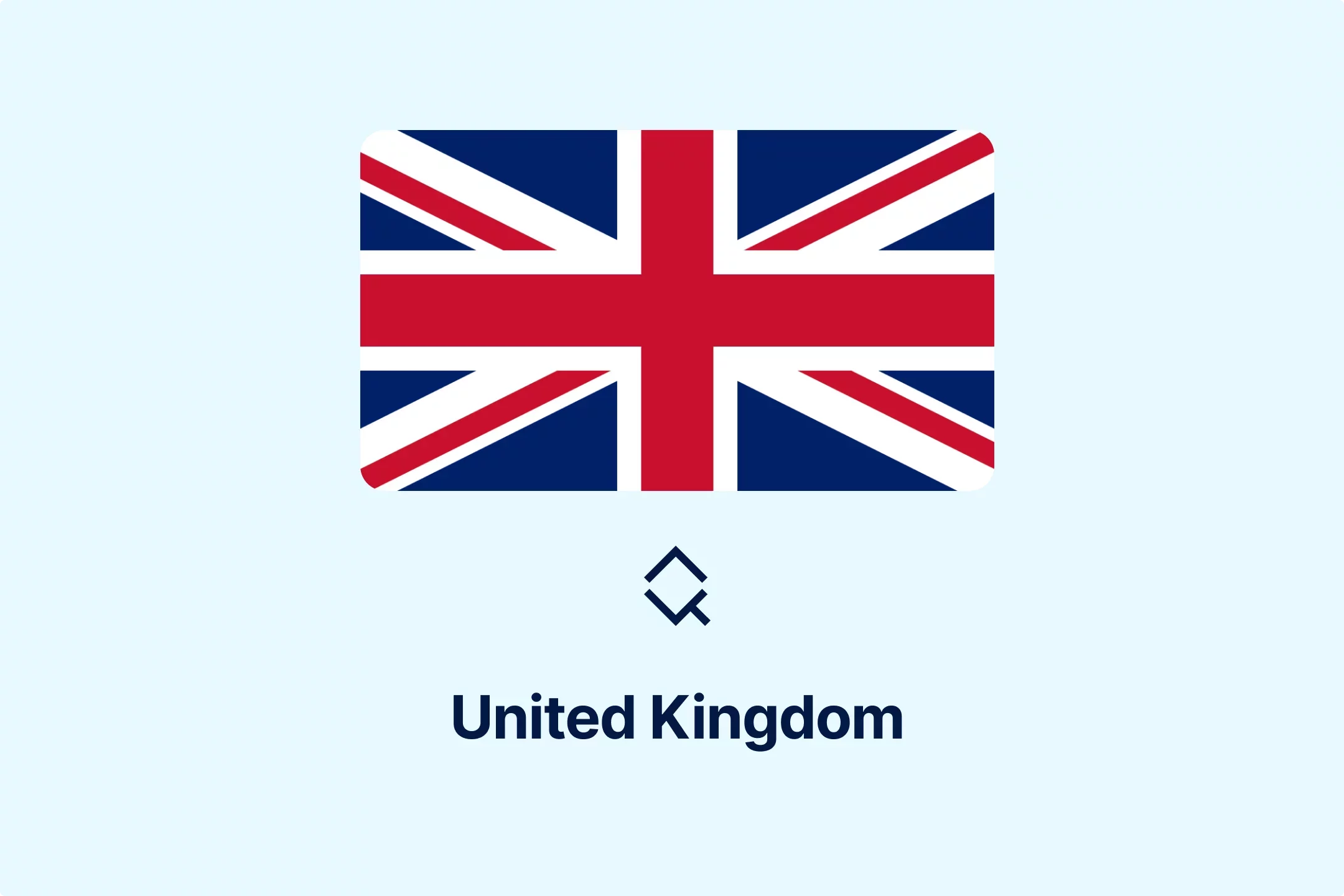
-zp2n6zixoa.webp)
-oa1ynbm4sn.webp)

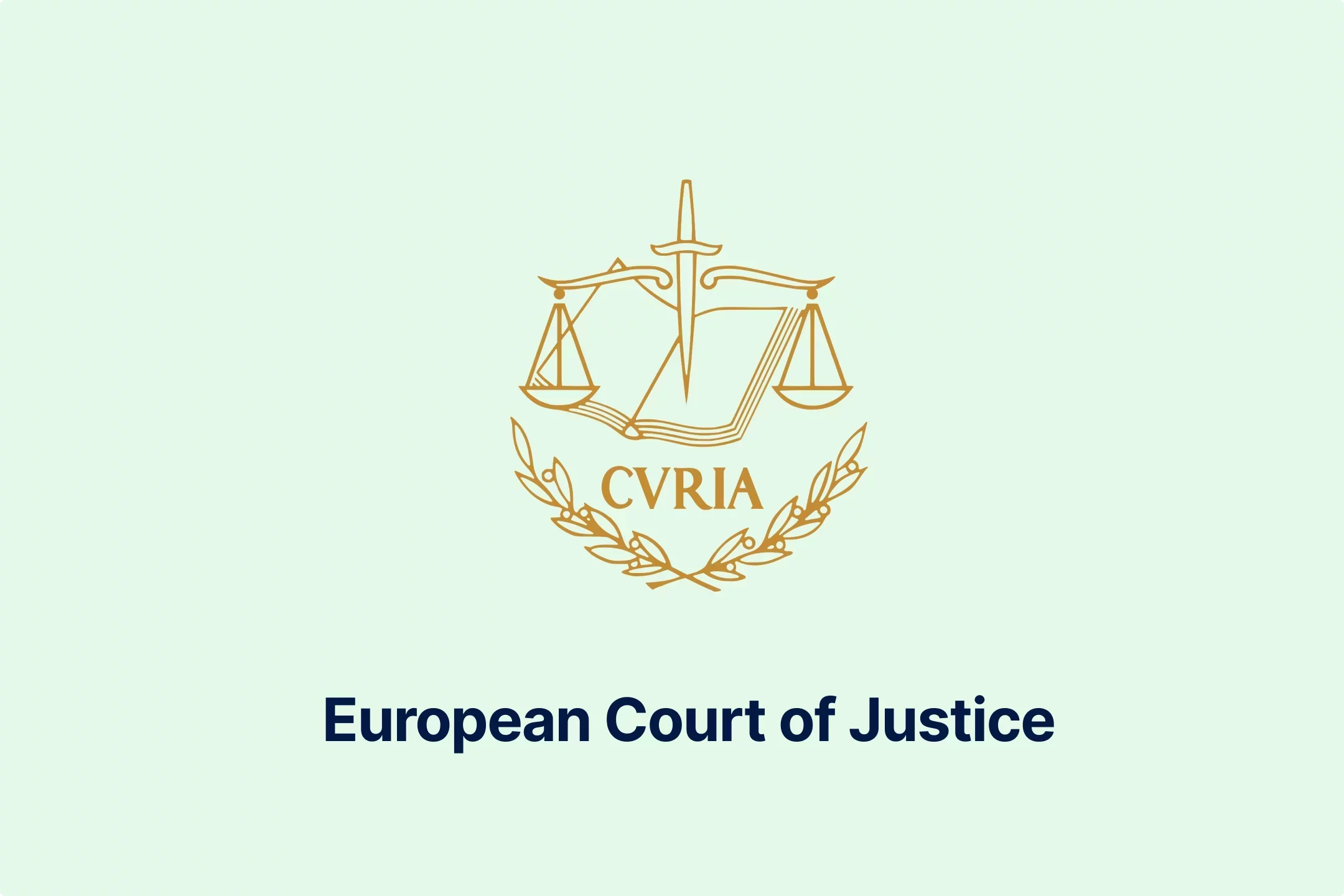
-lltkno6txy.webp)


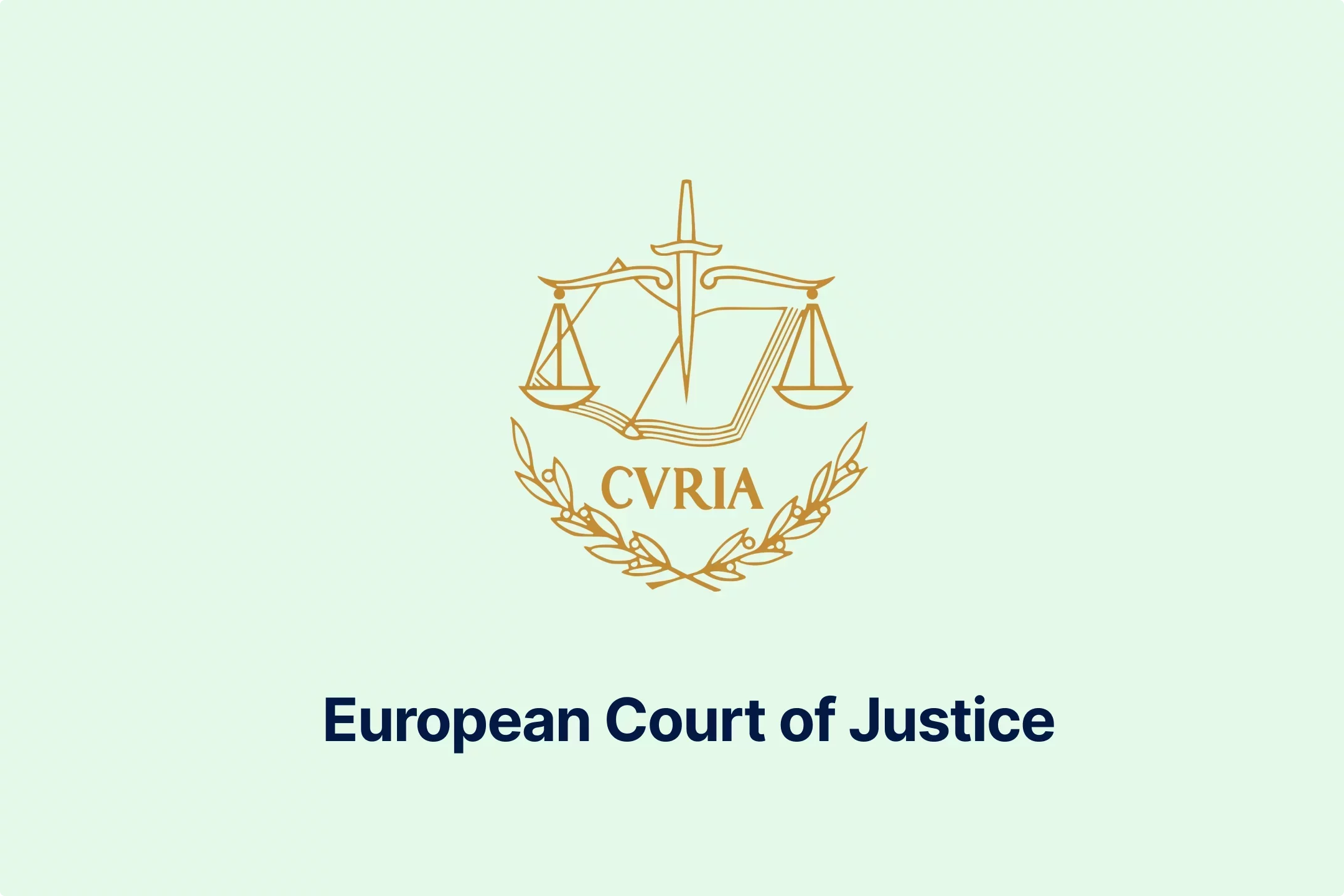
-do38odrqnq.webp)
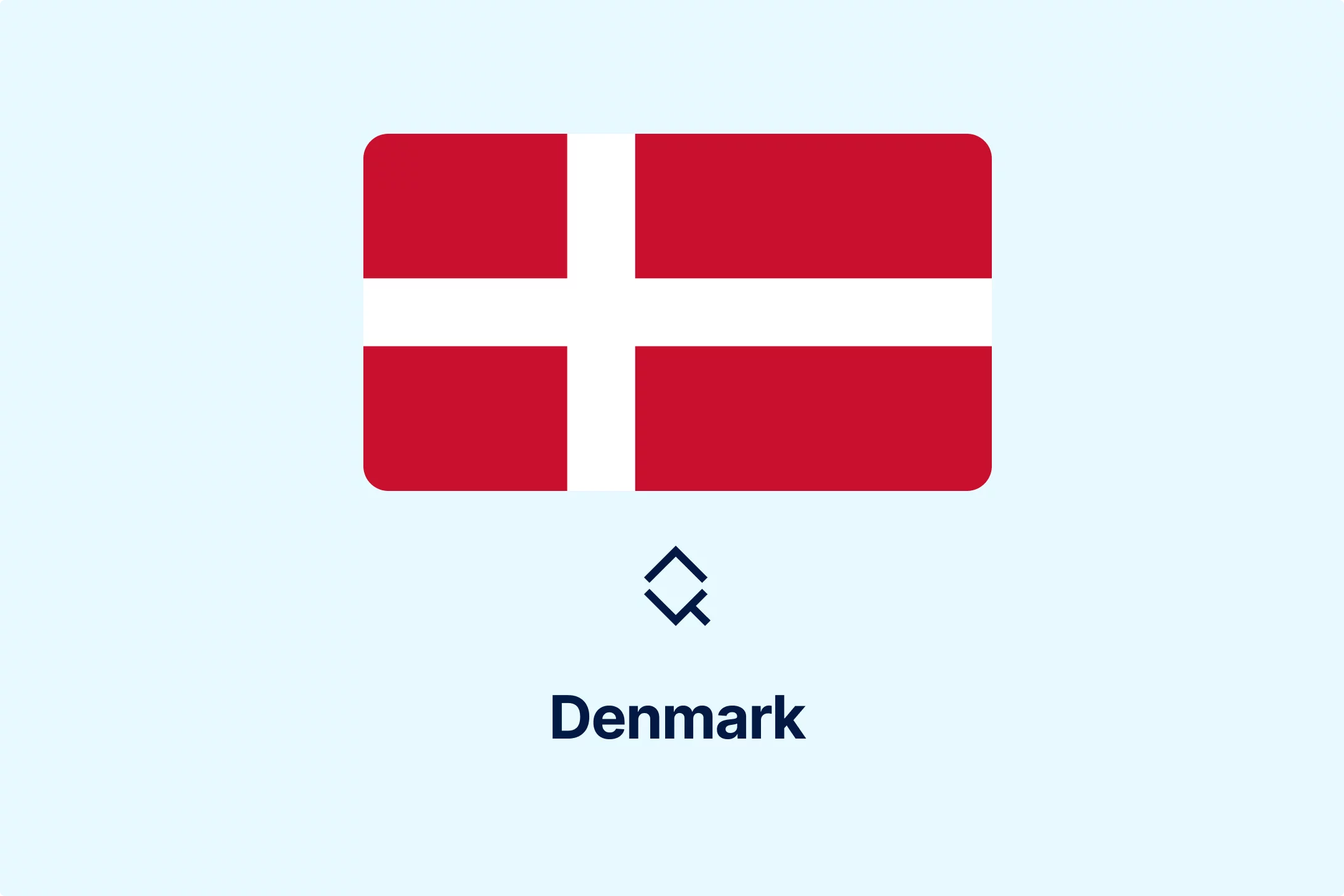
-t409oldqzt.webp)

-hordopb6xh.webp)

-ooimnrbete.webp)
-lwb5qpsily.webp)

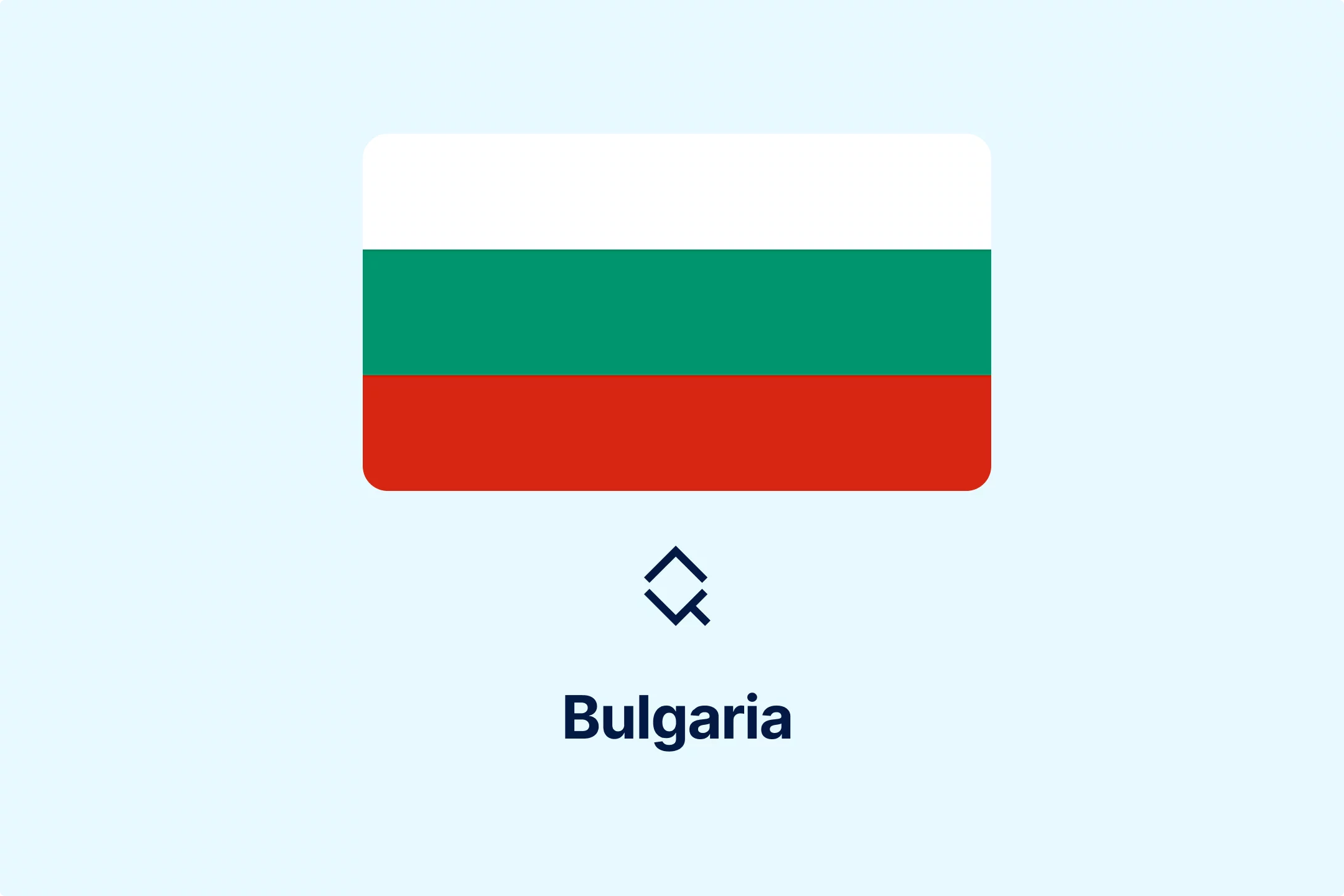
-eumafizrhm.webp)

-mtqp3va9gb.webp)
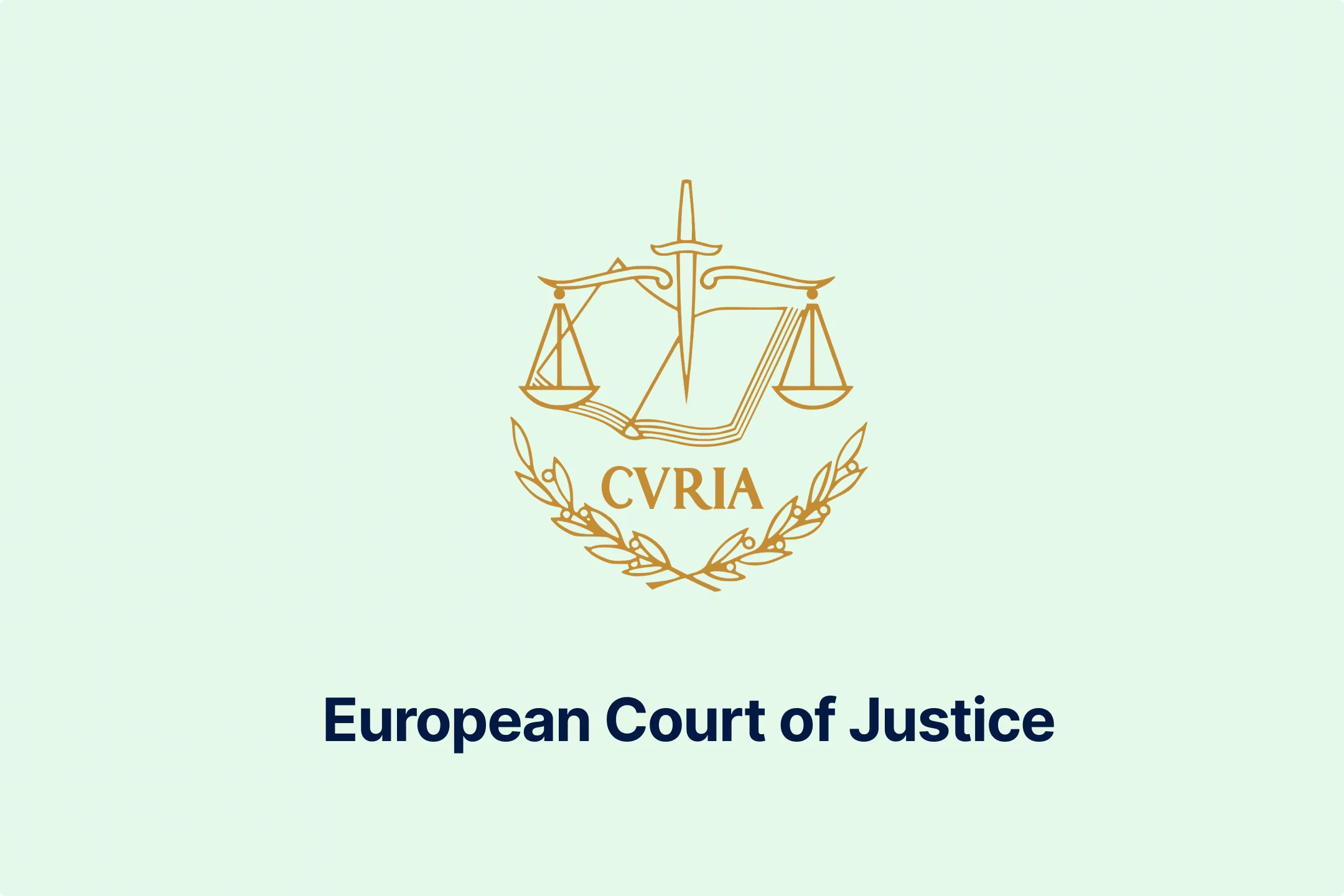
-3ewrn1yvfa.webp)
-591j35flz2.webp)

-huj3cam1de.webp)


-hafis0ii23.webp)
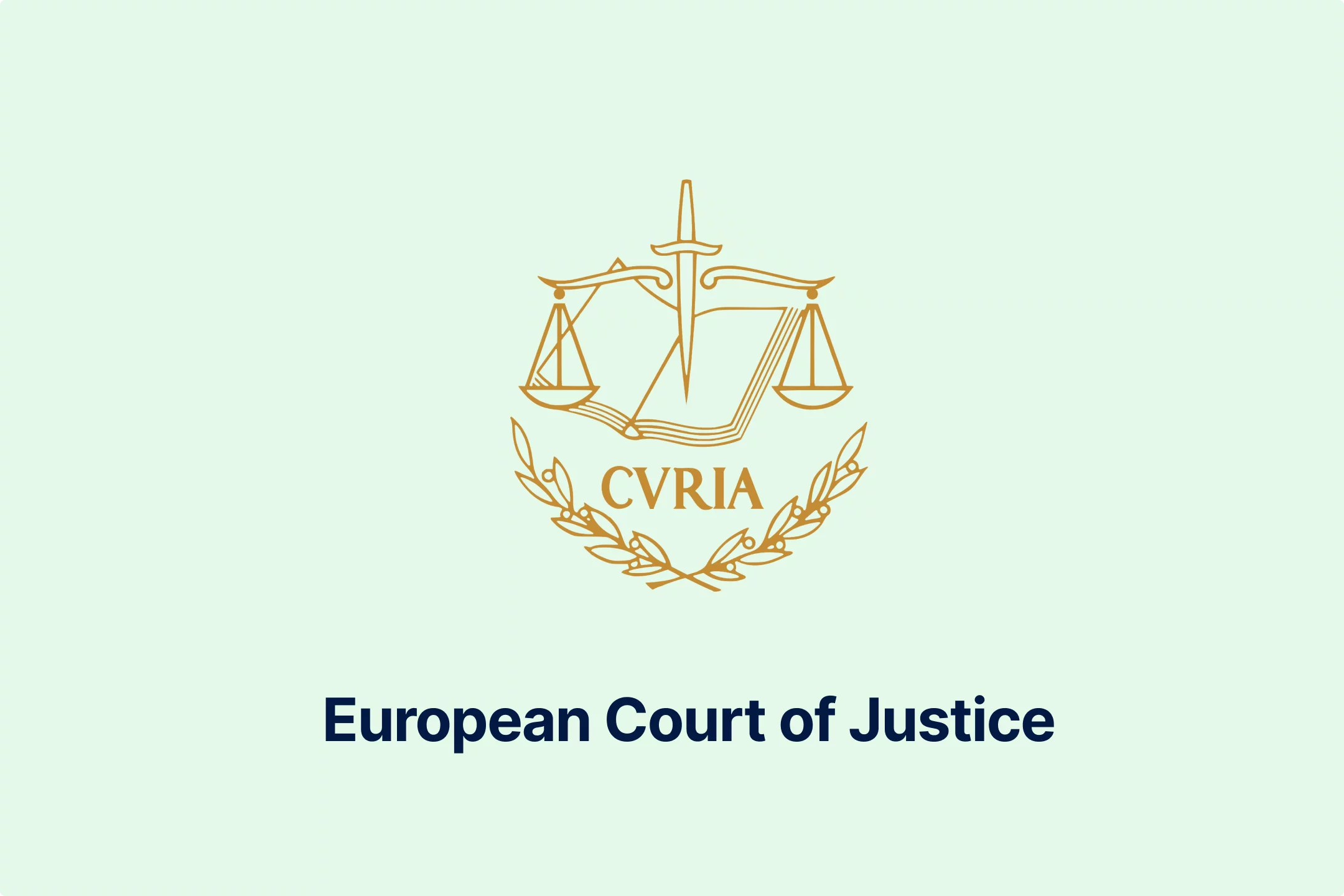
-qseaw5zmcy.webp)



-qzsah2ifqx.webp)
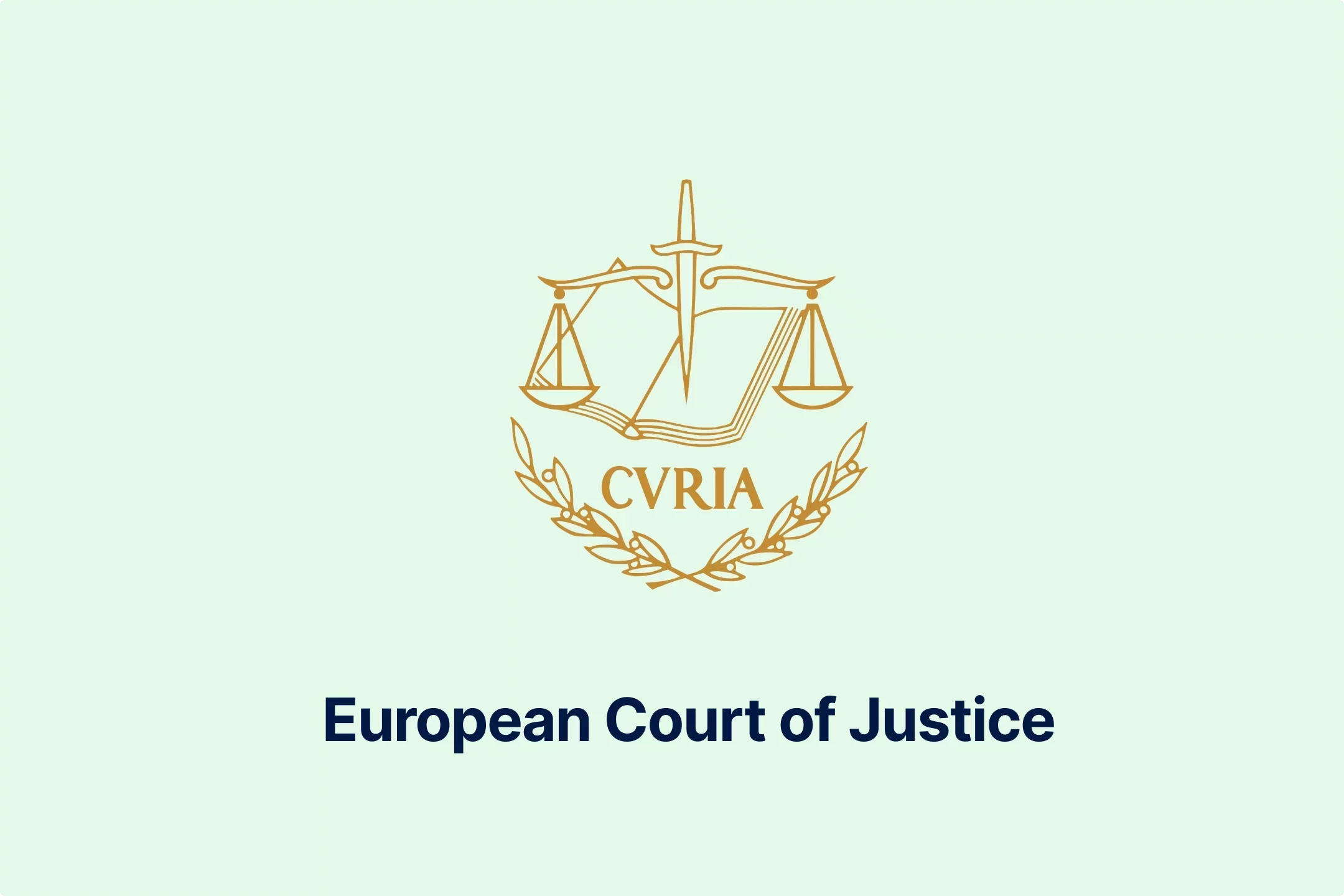
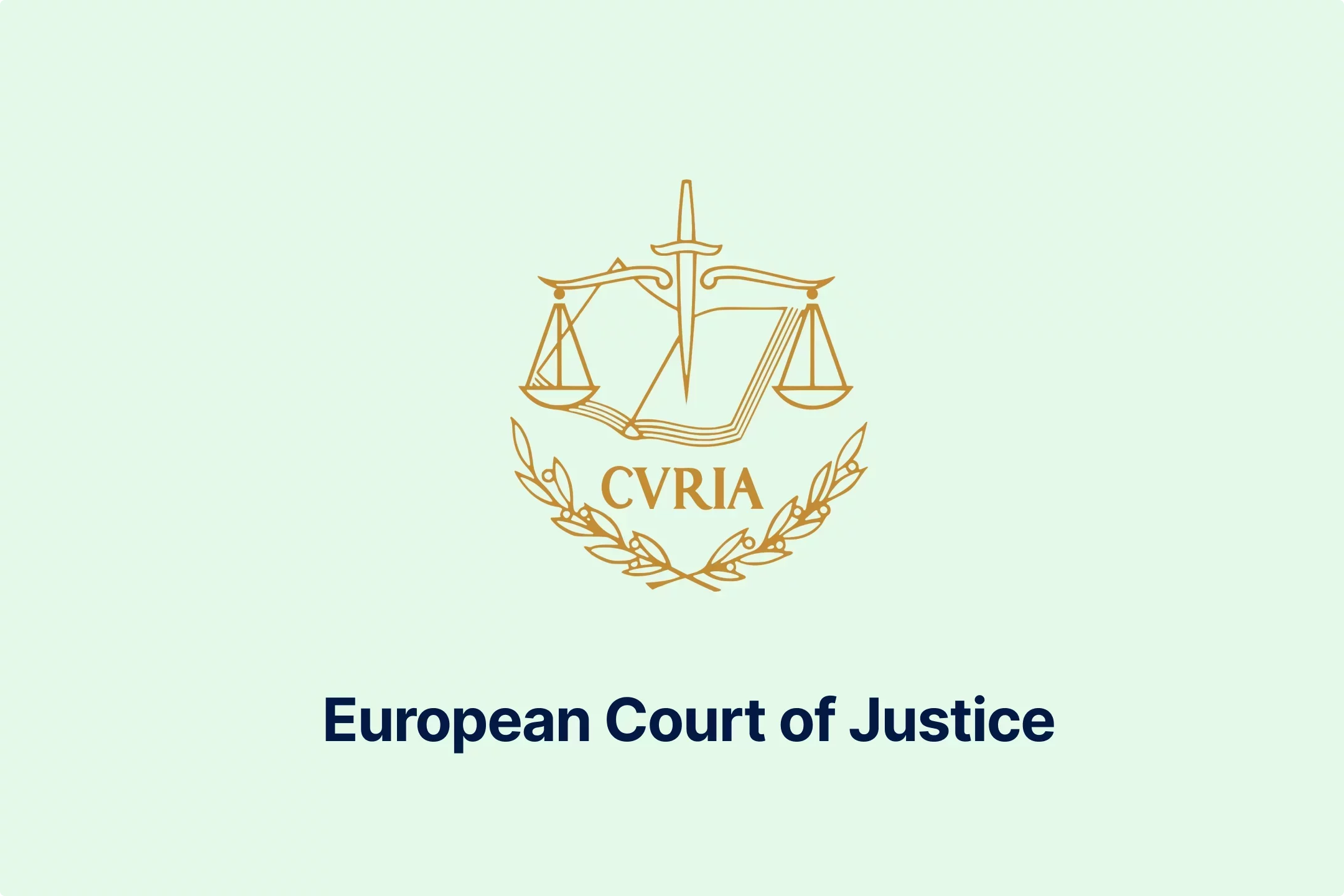
-69rzooghib.webp)
-wrvng98m0g.webp)
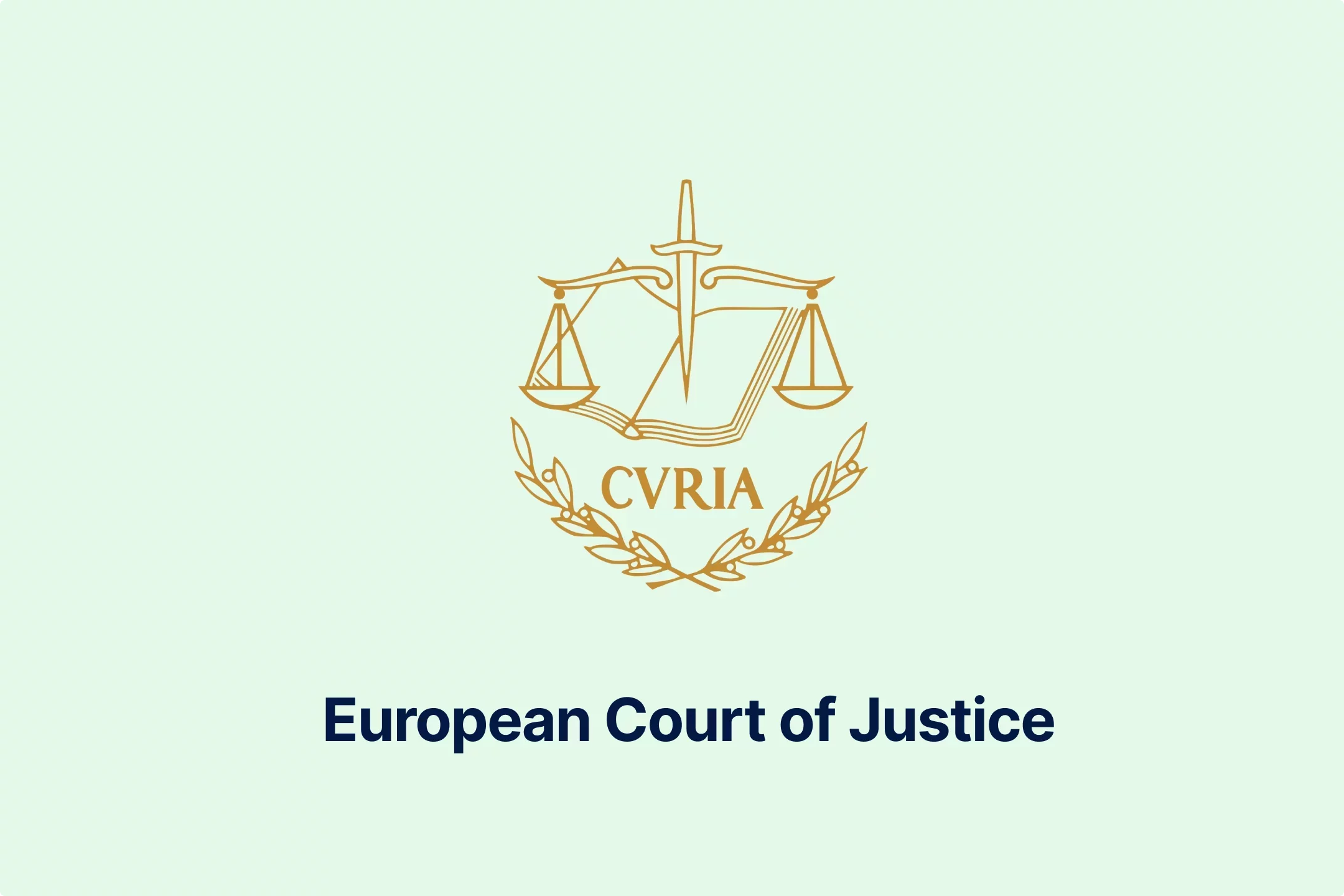

-psucycuxh2.webp)
-klyo8bn5lc.webp)
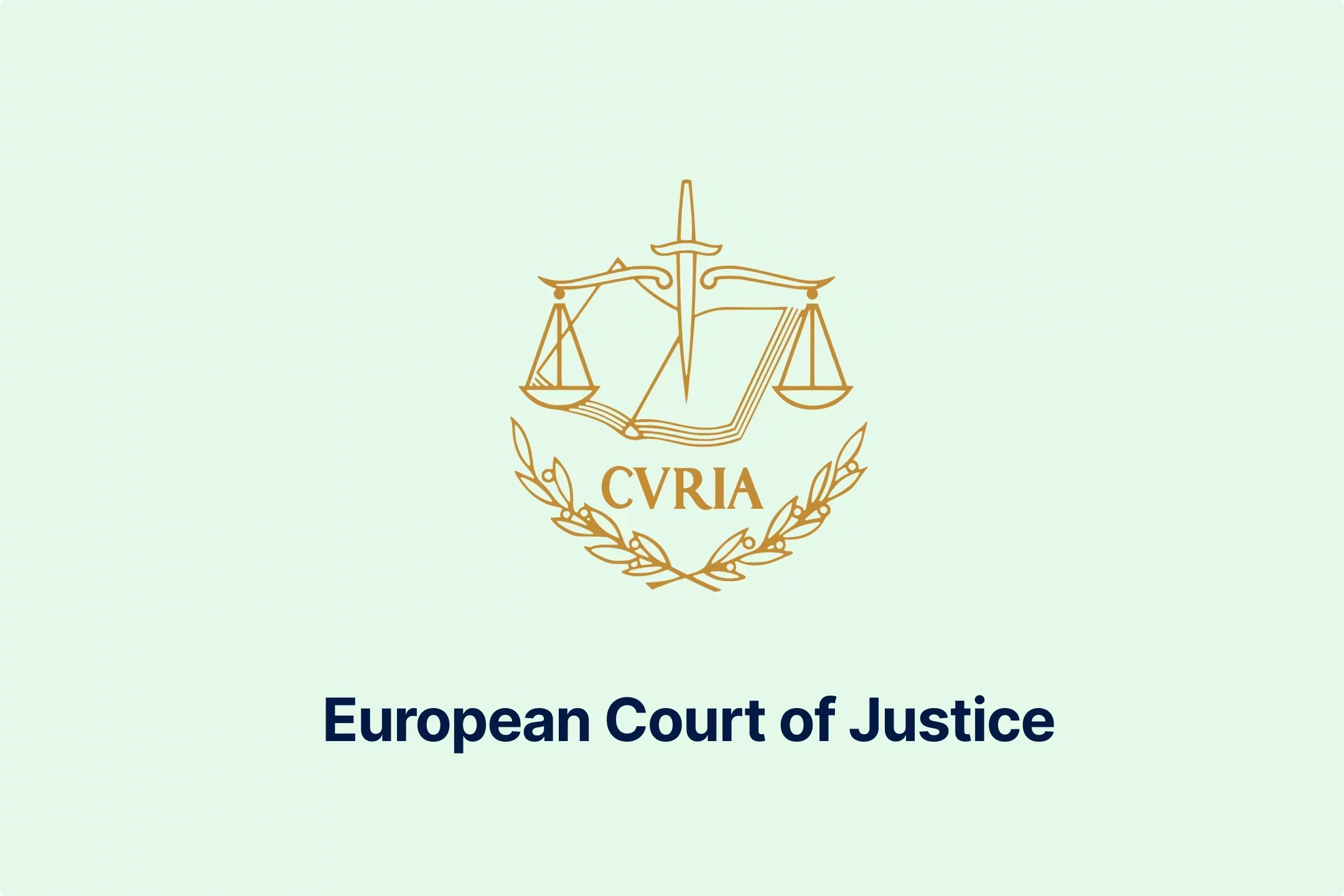



-6wv5h5eyyd.webp)
-tfgg78rbid.webp)
-a6jpv9ny8v.webp)
-qhdbapy0qr.webp)

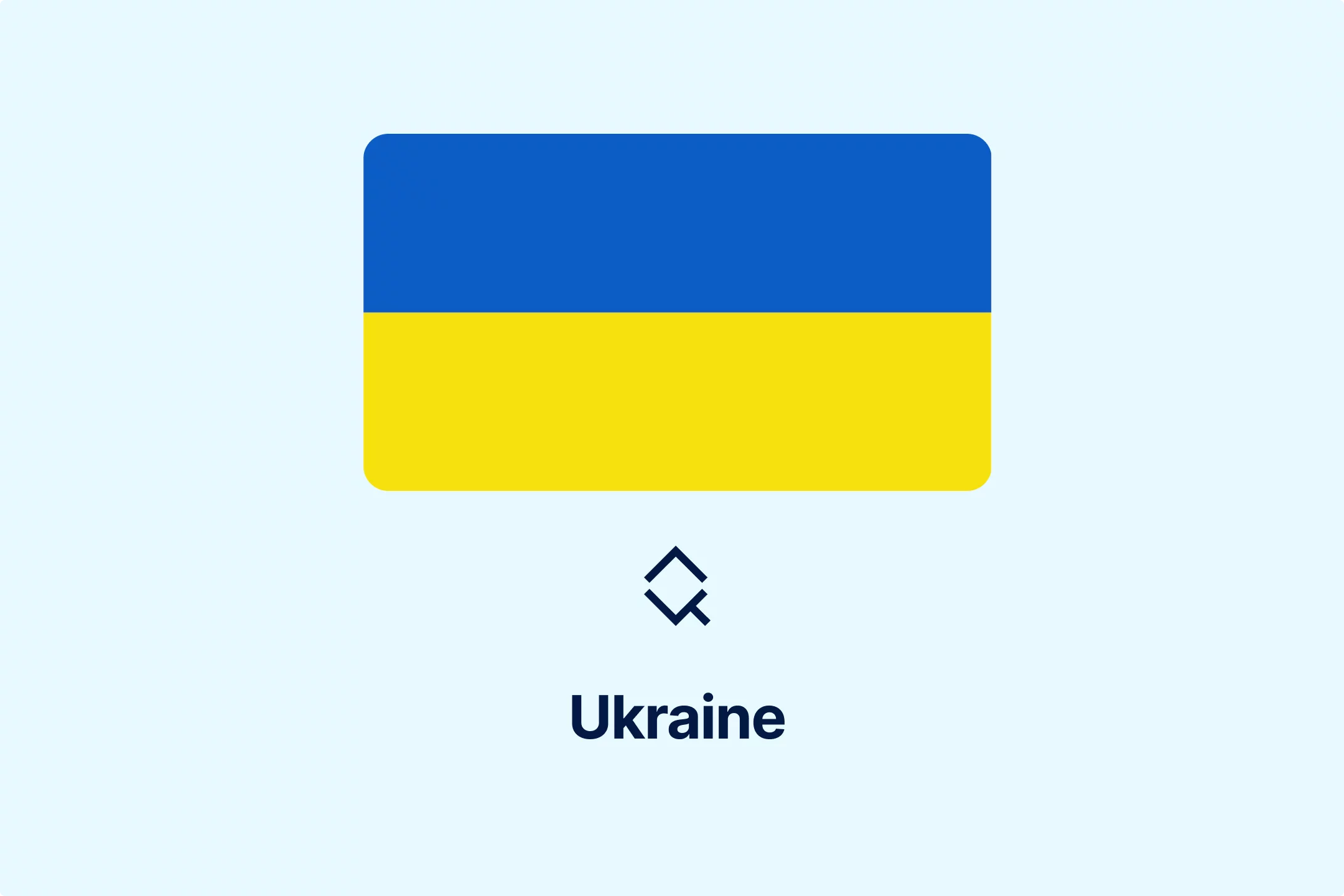
-owvu7zoc13.webp)
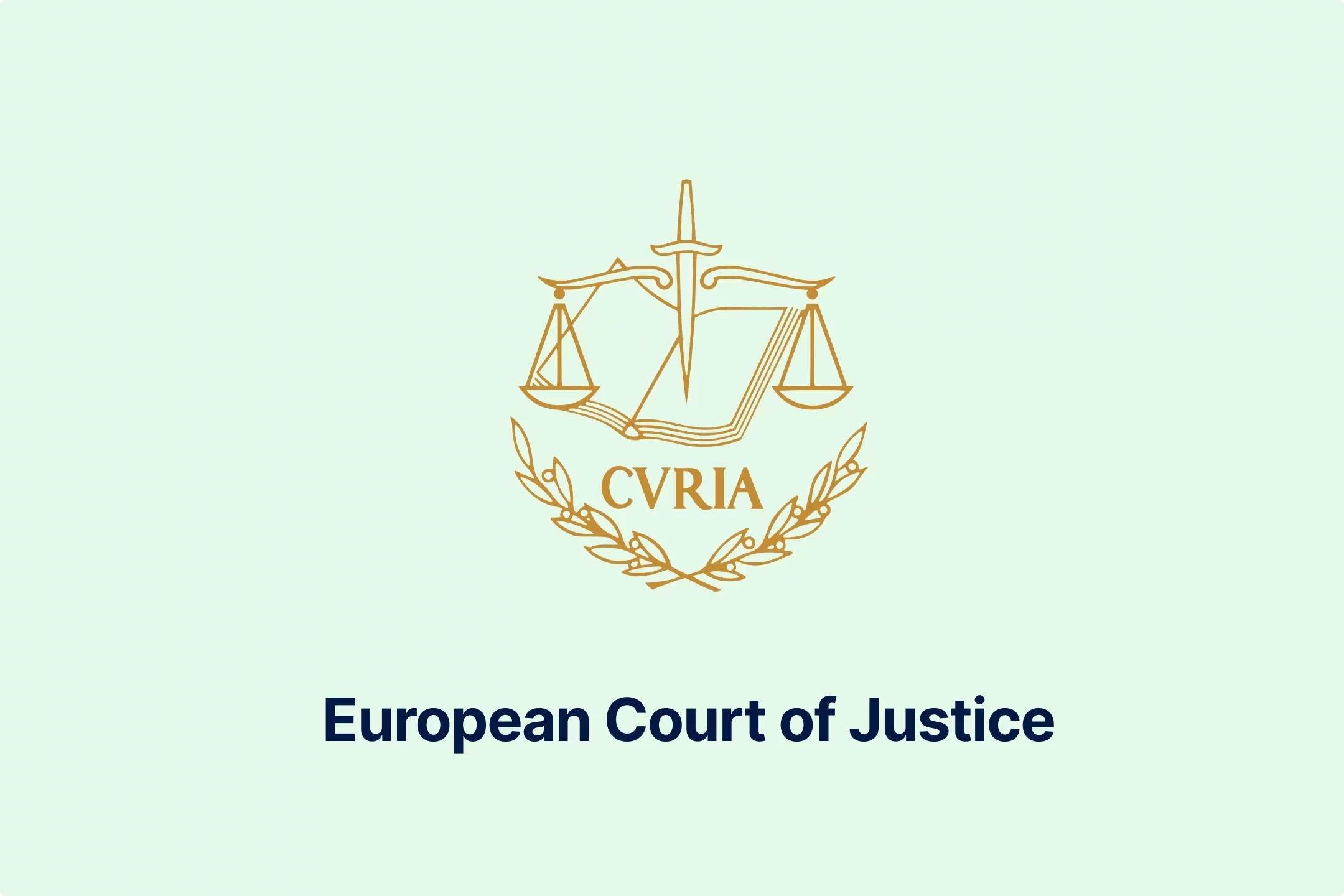

-h28jrh1ukm.webp)

-wl9bl1rw3a.webp)
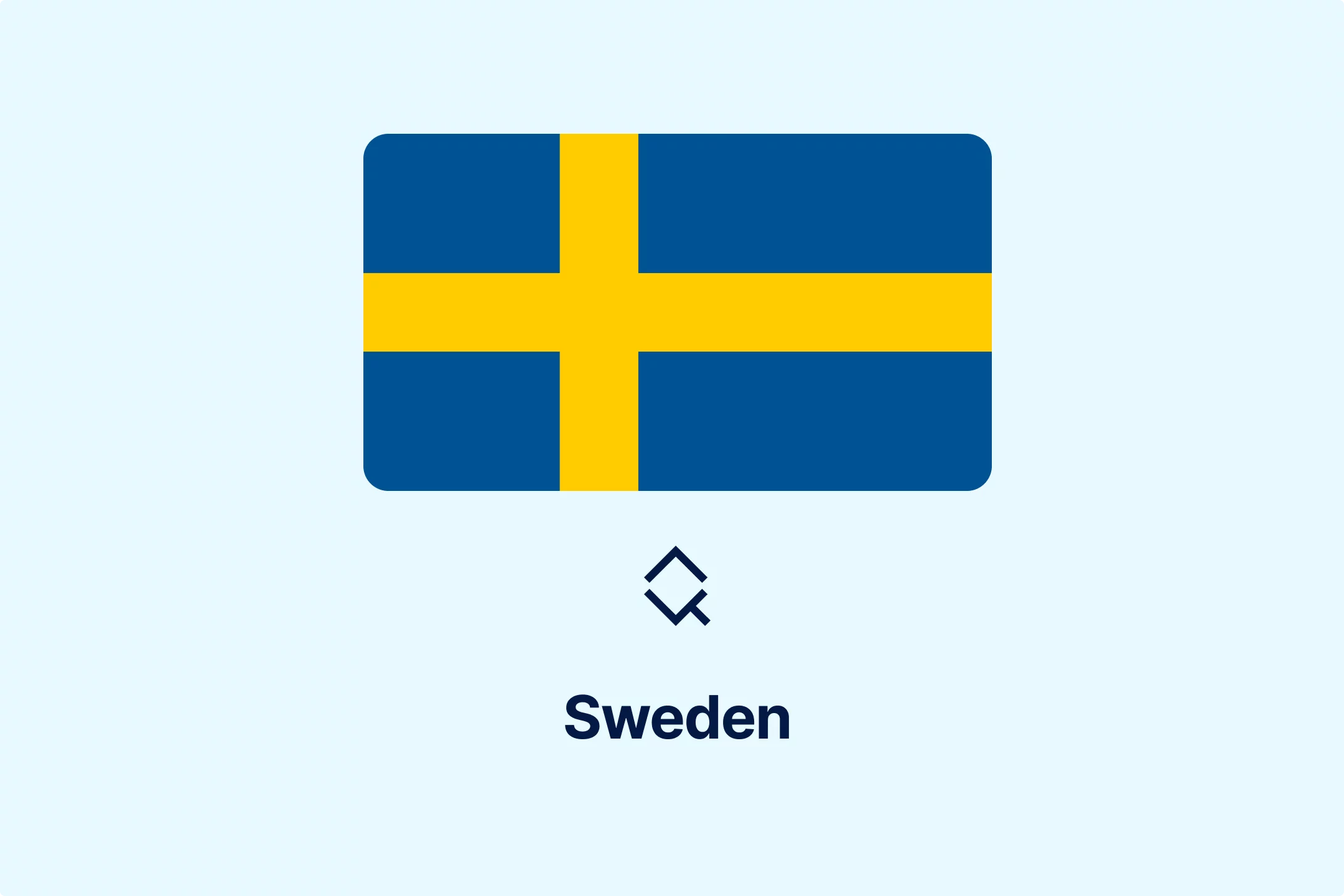
-2w76jtvtuk.webp)
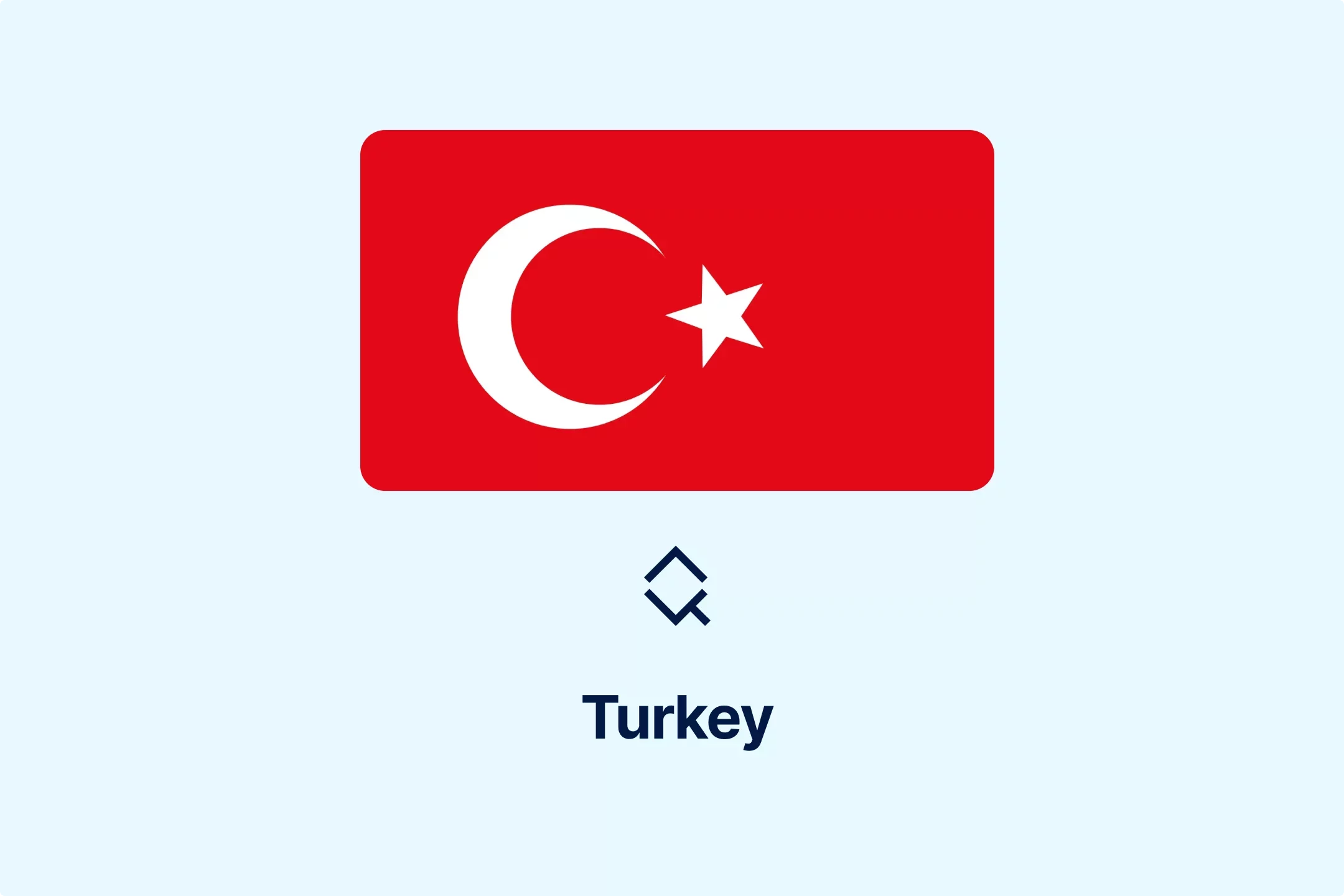
-c0uvrmrq9j.webp)
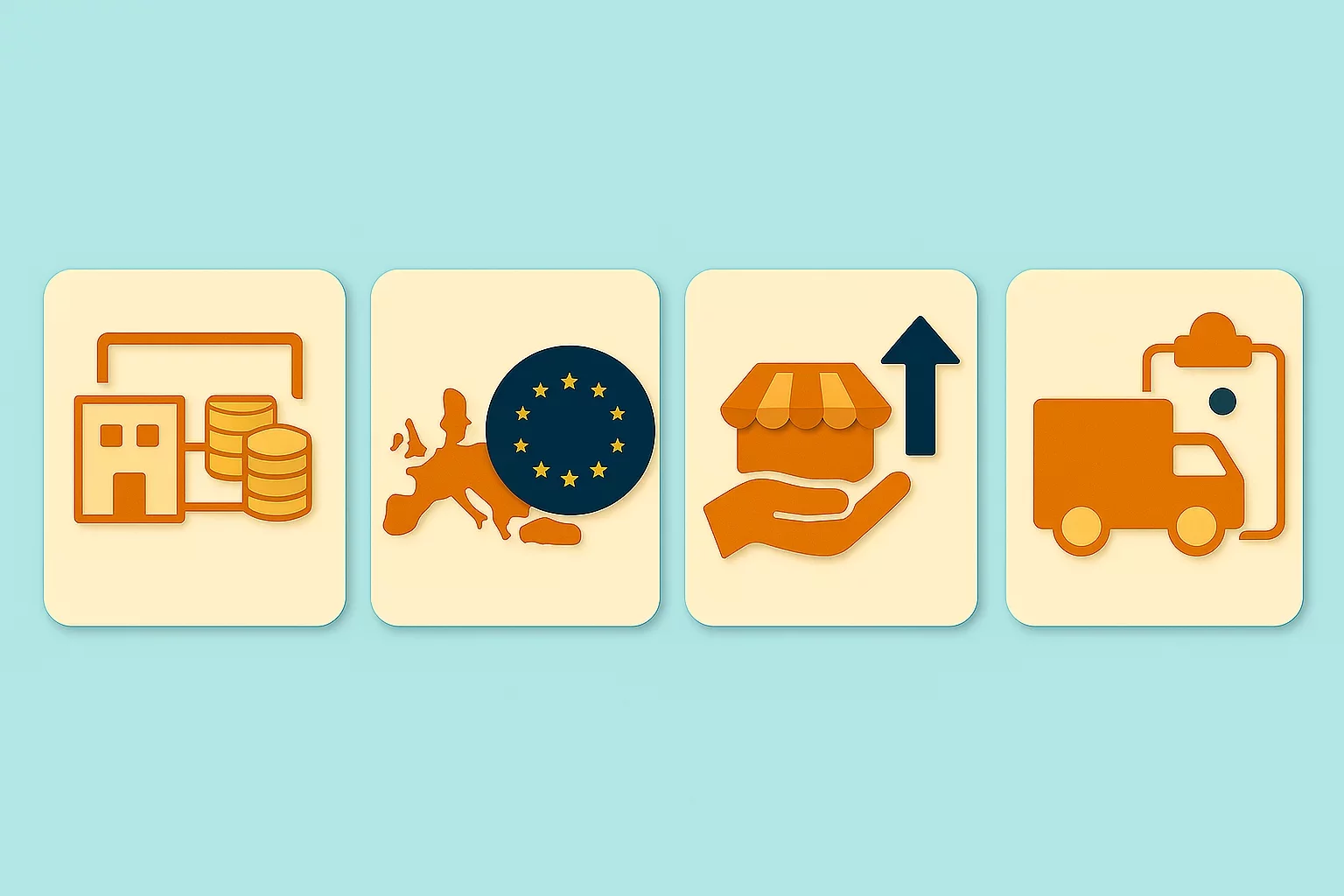
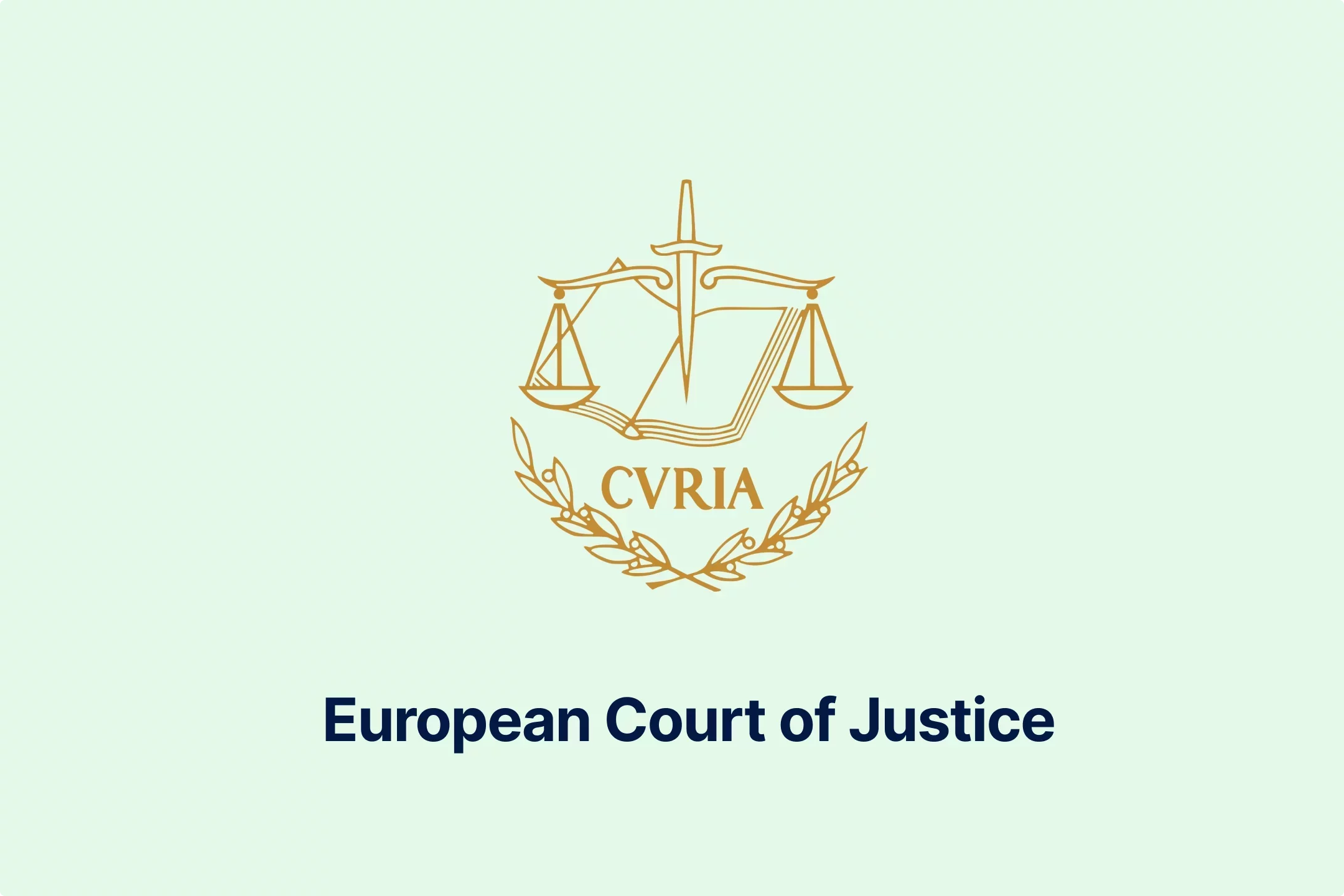
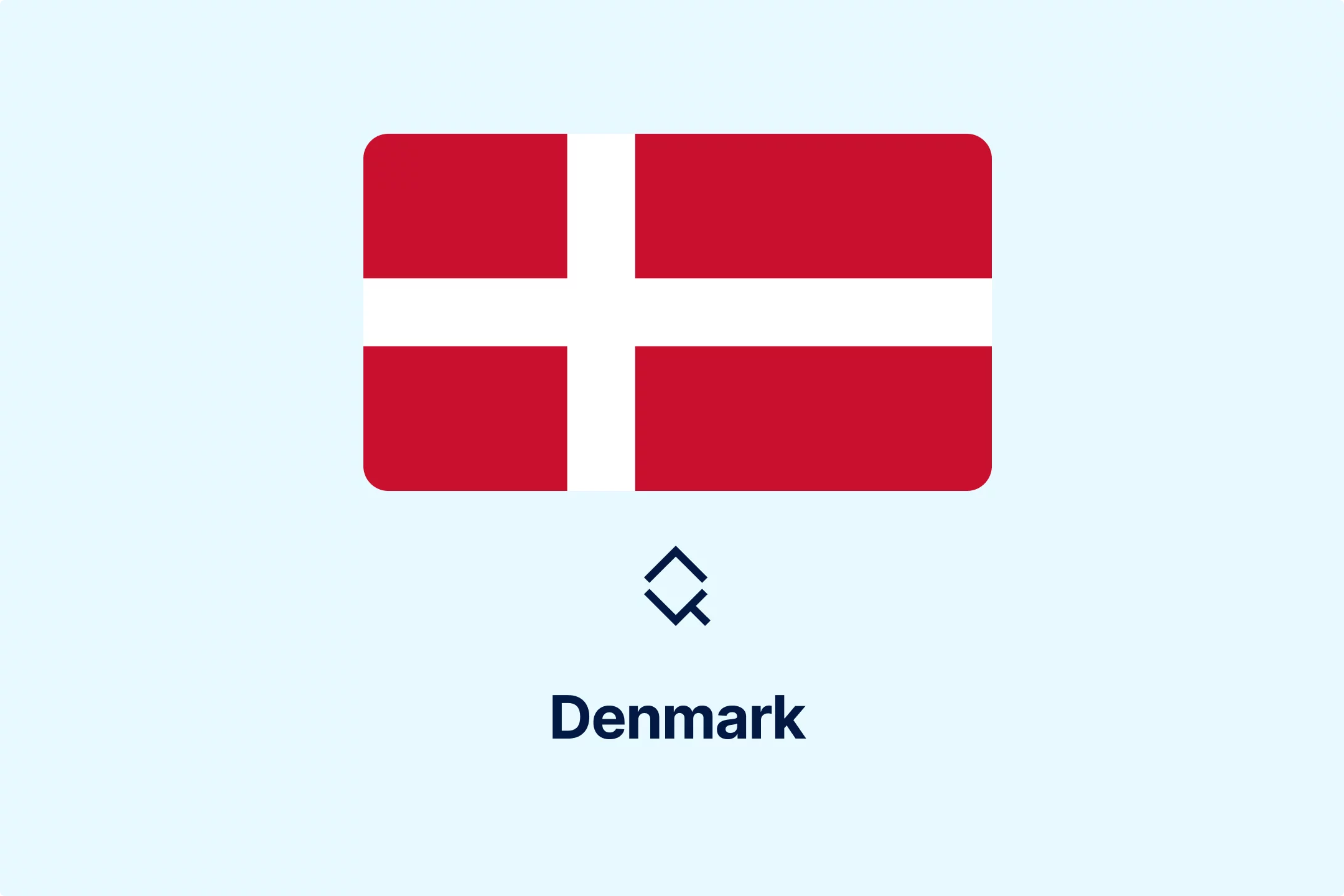
-pofe7ucwz3.webp)
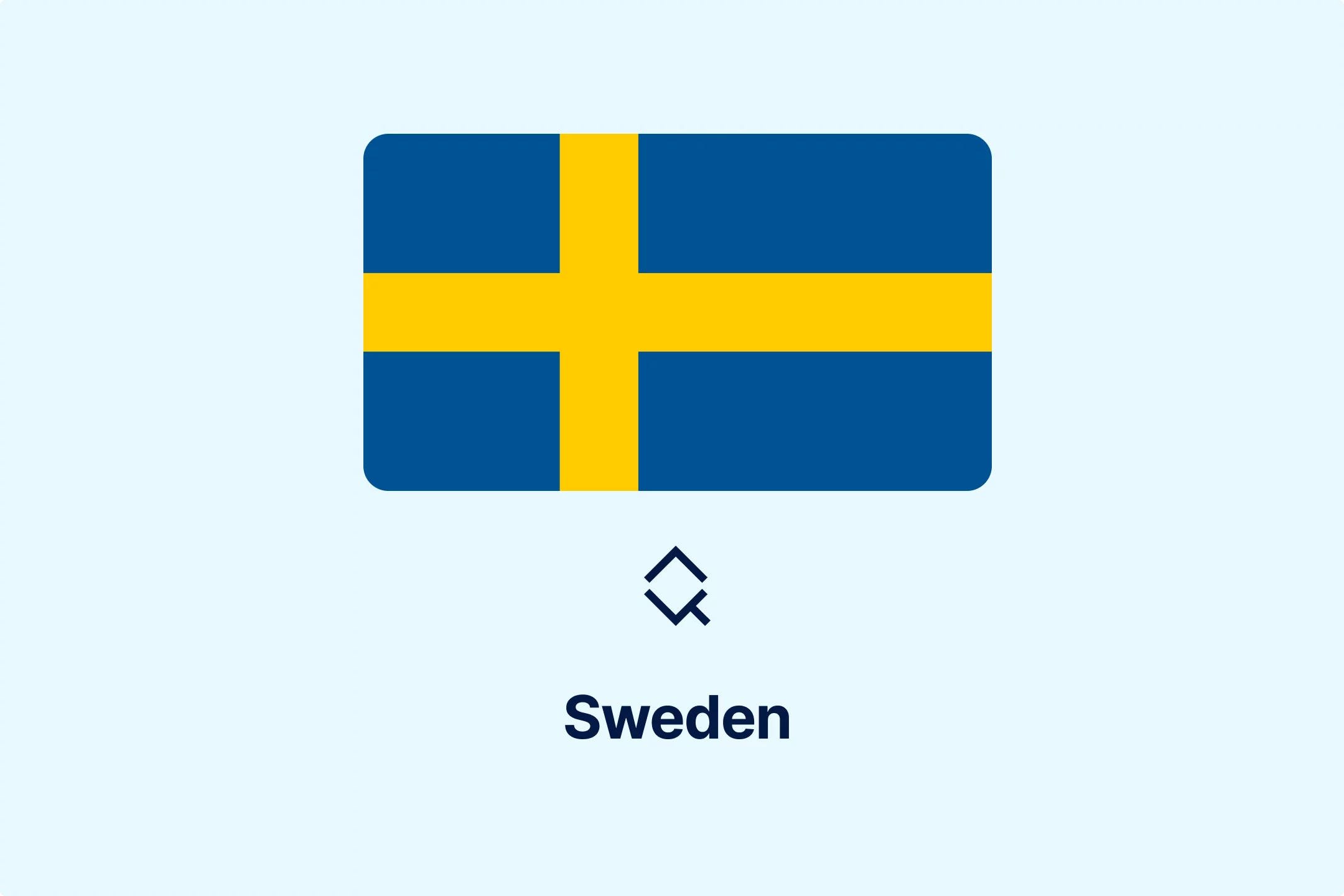

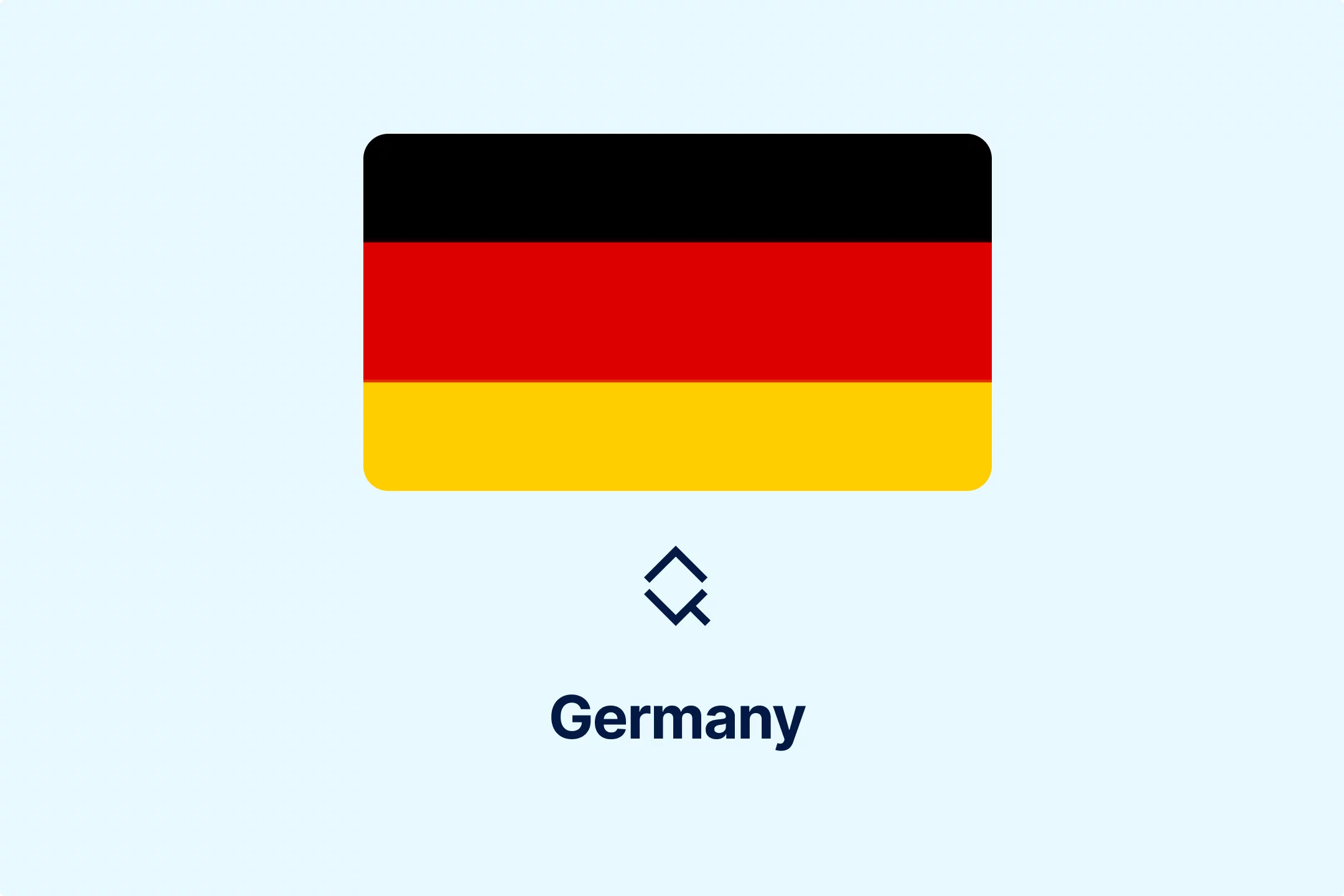
-5cc23ezxyf.webp)
-rrmabbekeb.webp)

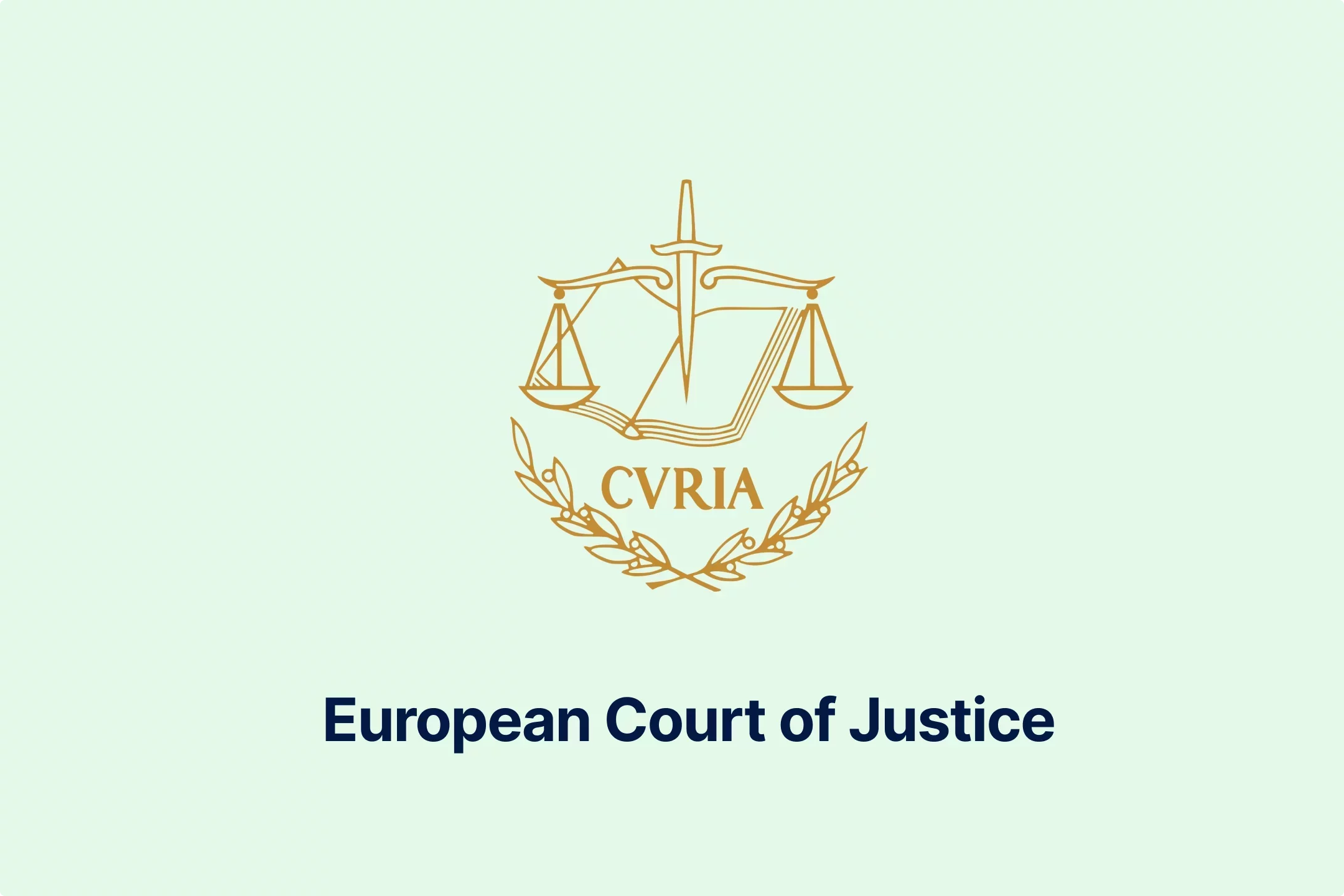


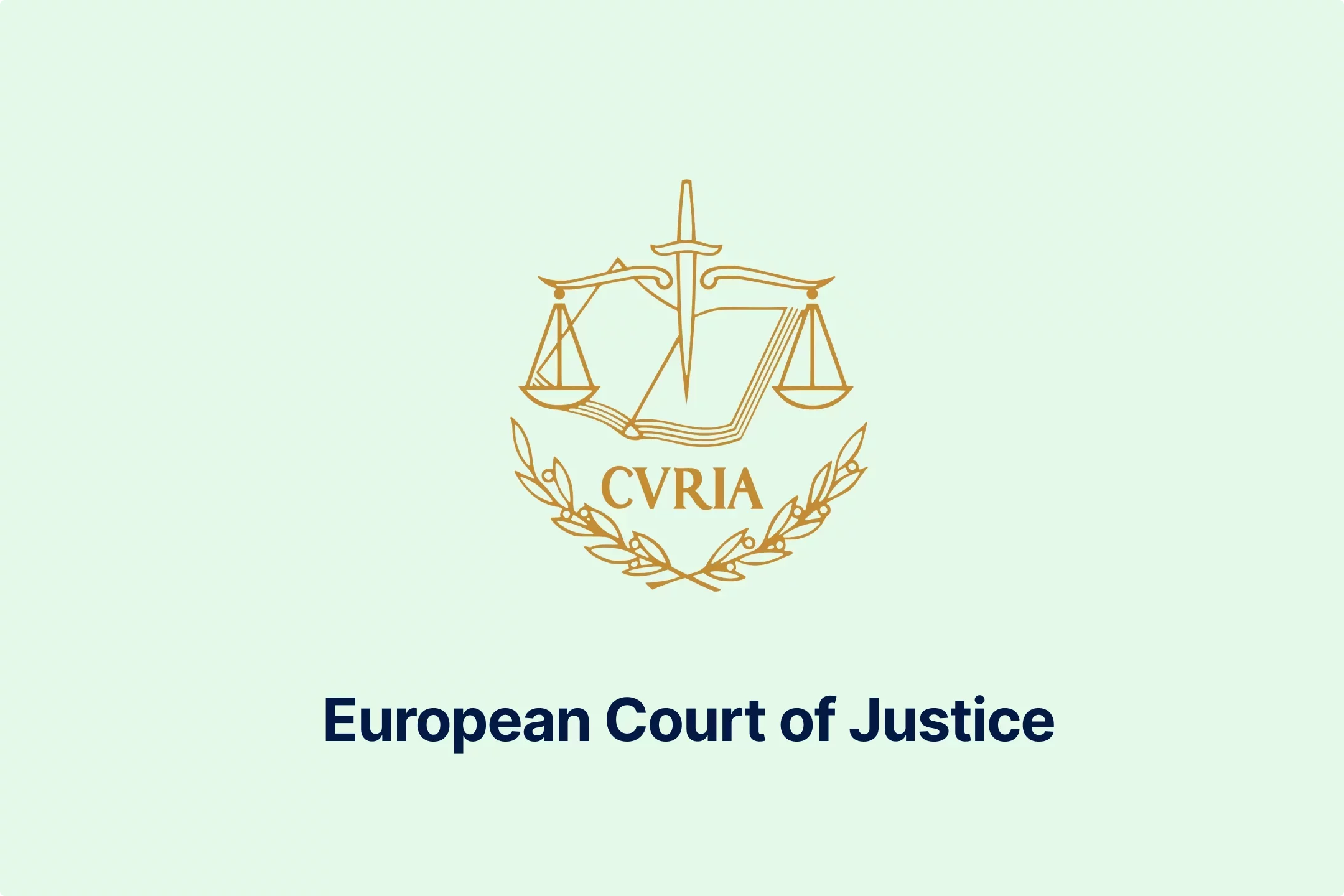



-iyyeiabtaf.webp)
-c8rbjkcs01.webp)
-nilkffjhah.webp)

-hikakq55ae.webp)
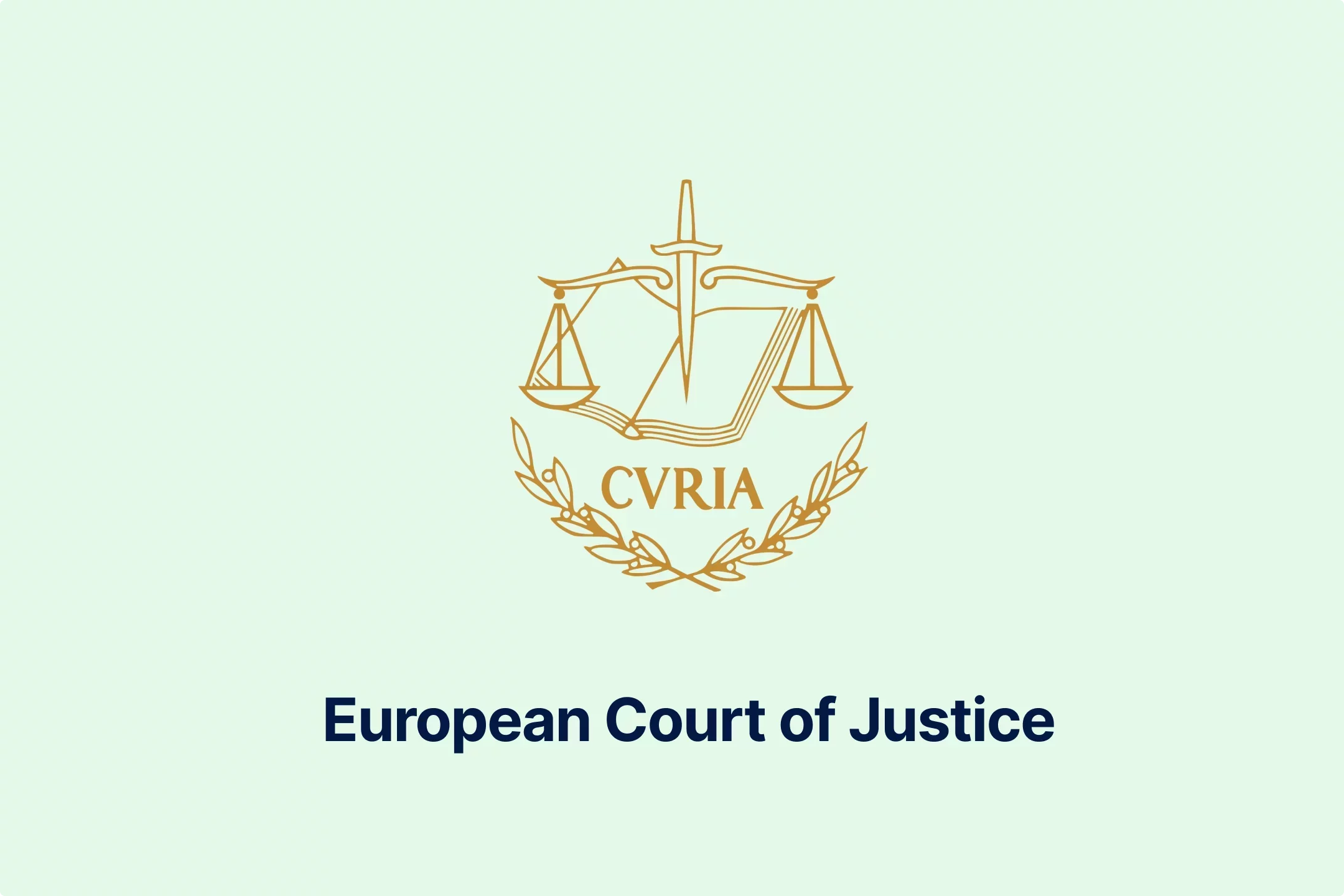
-z1d60bldtg.webp)
-d1a0q6n7mp.webp)
-viip8nvoeh.webp)
-bvv1otliox.webp)

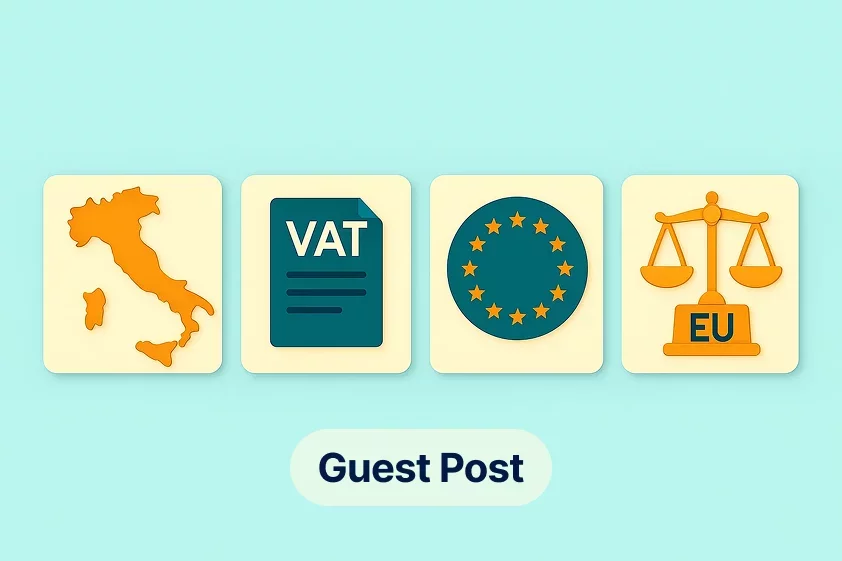
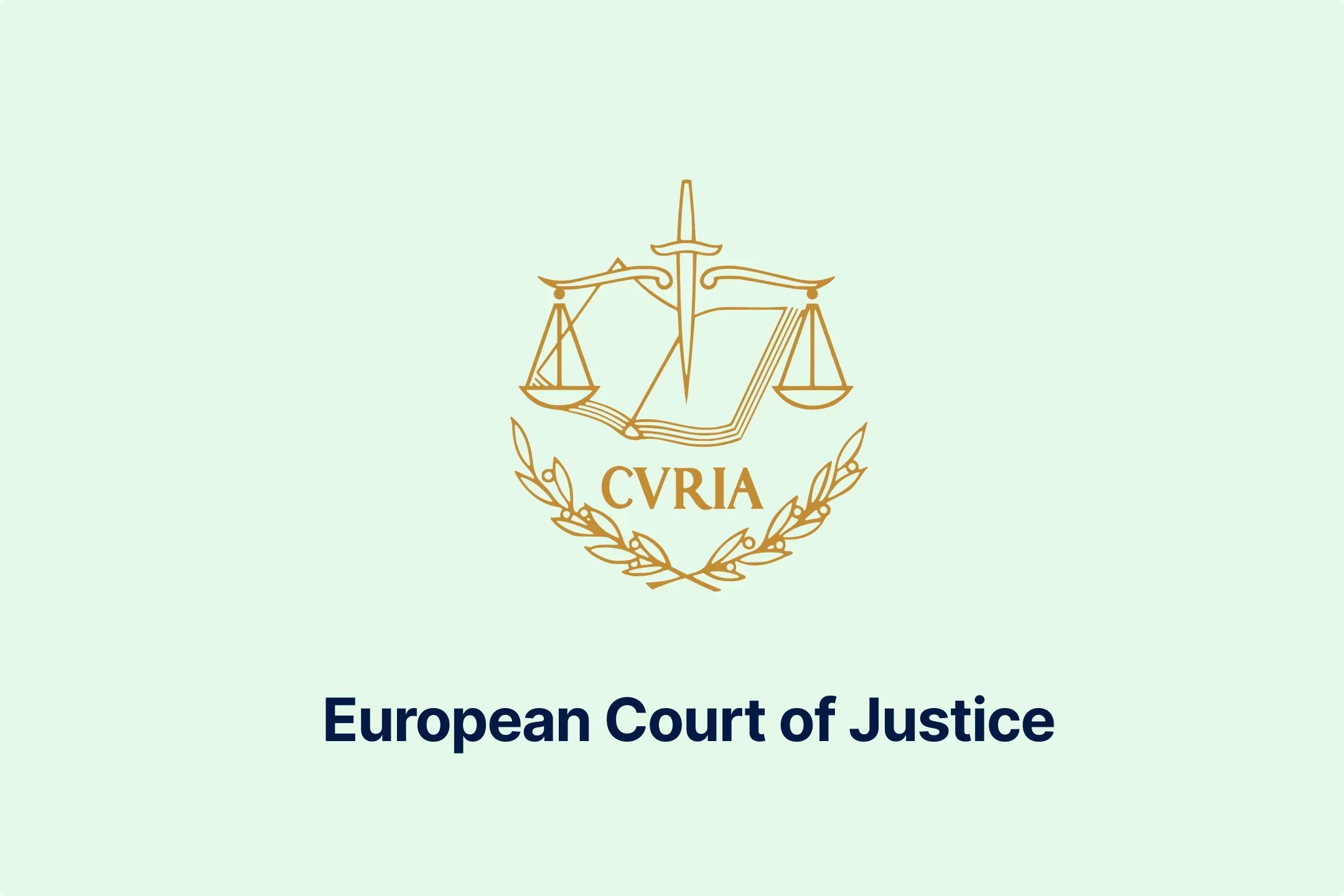
-de8hdb1bn3.webp)
-7xsxxoypnx.webp)
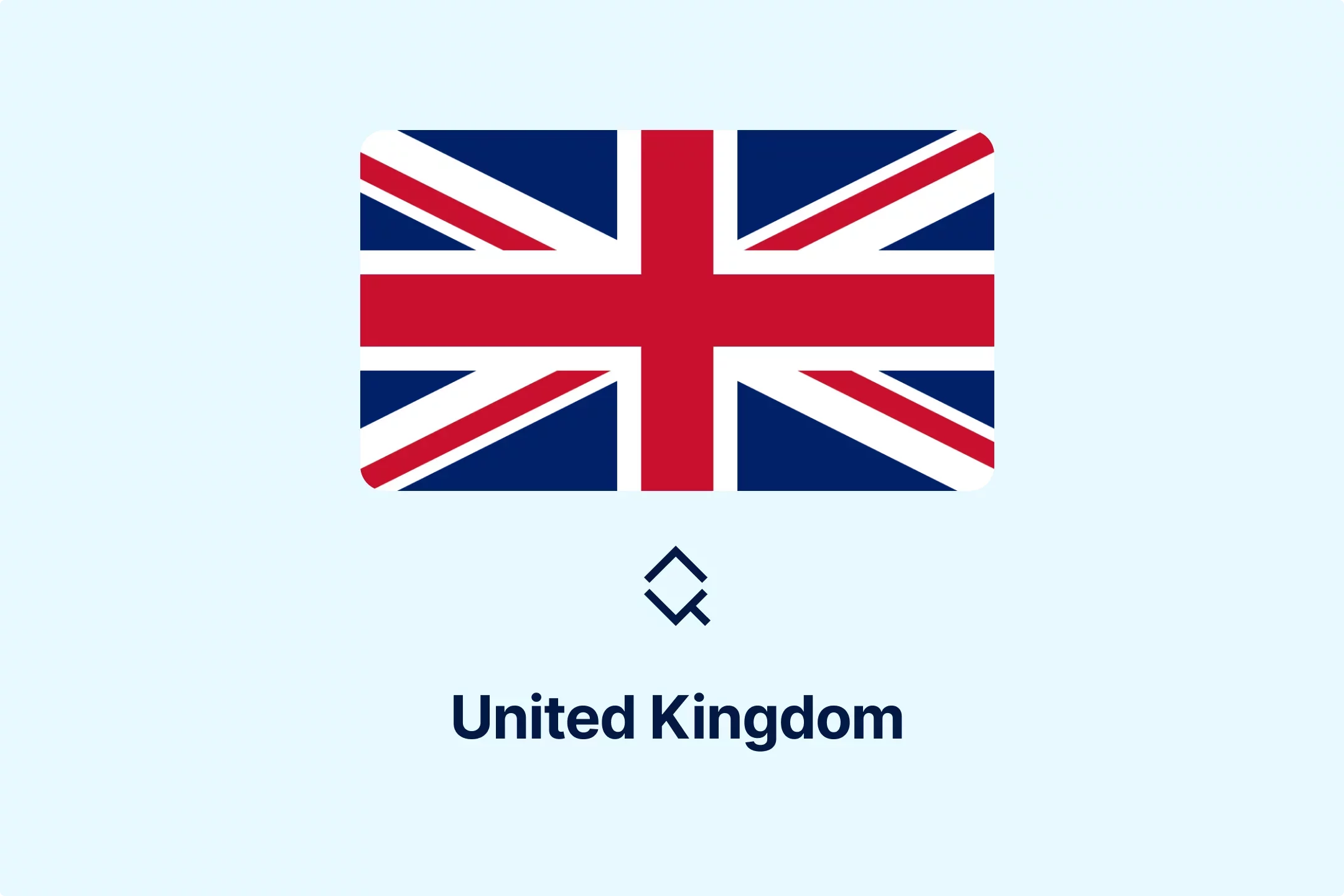
-cm0opezg73.webp)
-0tovsdupmi.webp)
-subxdamdj6.webp)

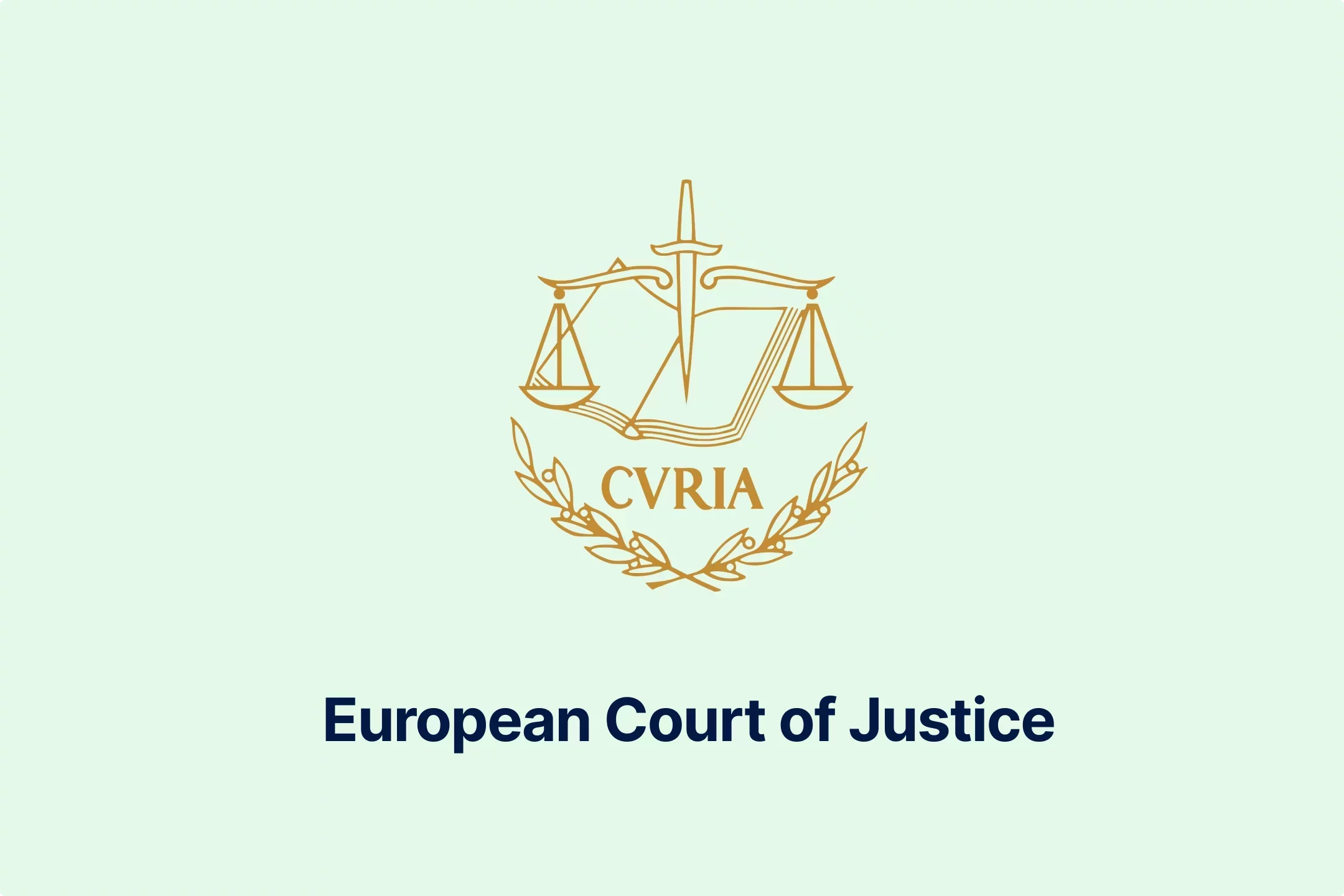
-gly6ablwnh.webp)
-gkduqhwbzh.webp)
-qpe1ld9vcj.webp)
-8noukwsmba.webp)
-aka29tuhkt.webp)


-fisvs27yrp.webp)


-mp0jakanyb.webp)

-aivzsuryuq.webp)



-o7f4ogsy06.webp)

-zjja92wdje.webp)
-hrbhdts8ry.webp)
-qtdkwpgkug.webp)


-cf8ccgah0p.webp)
-0em3cif5s6.webp)





-ptzesl0kij.webp)

-tfzv42pyms.webp)






-uodv7sfbih.webp)
-bbrdfmm9qf.webp)



-m2tl8crfqr.webp)




-1awbqjgpjs.webp)
-avbjsn1k1g.webp)


-0h8ohkx6s0.webp)


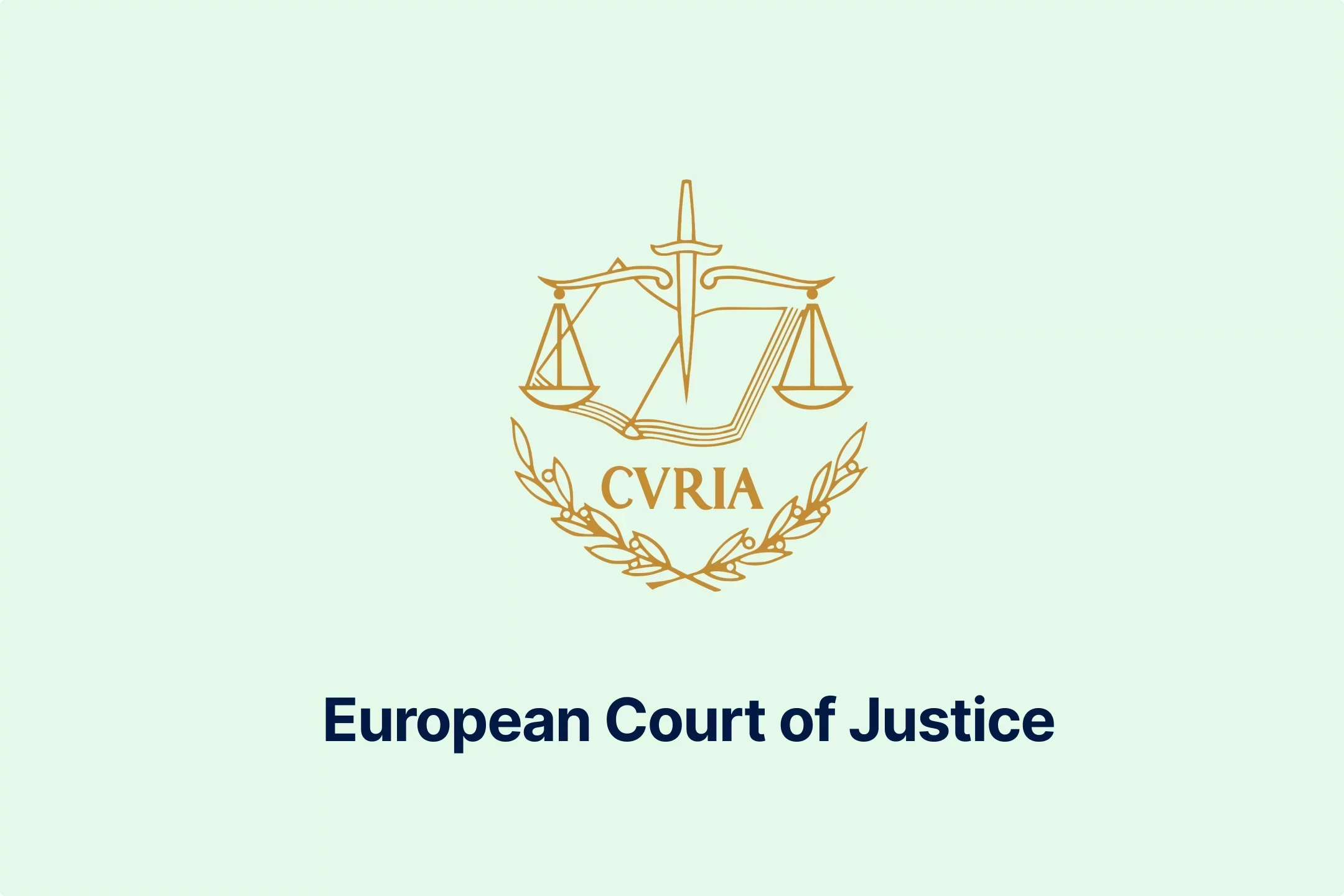
-wfmqhtc7i6.webp)
-7wljbof2zo.webp)
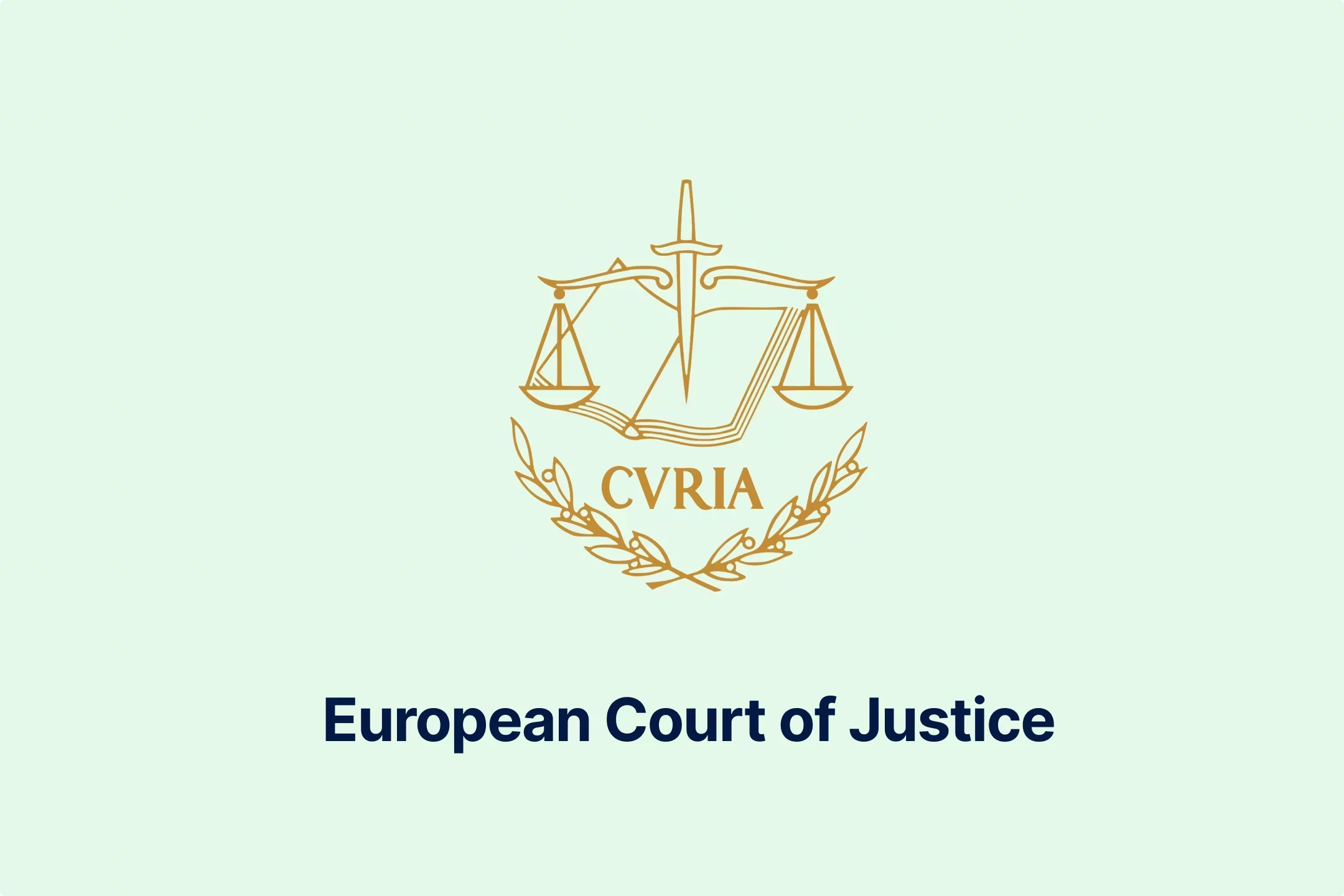
-eqt97uyekl.webp)
-wzw9mcf563.webp)

-z4oxr6i0zd.webp)




-l0zcrrzvhb.webp)
-fhtic1pwml.webp)

-iipdguuz9p.webp)
-nkhhwrnggm.webp)
-pltqwerr3w.webp)

-nn6mtfbneq.webp)

-tmnklelfku.webp)



-8z1msbdibu.webp)
-7g16lgggrv.webp)



-lxcwgtzitc.webp)
-9mc55kqwtx.webp)


-xla7j3cxwz.webp)
-jrdryw2eil.webp)






-t9qr49xs2u.webp)


-qjopq5jplv.webp)



-vune1zdqex.webp)

-qsozqjwle2.webp)
-rgjta7iwiv.webp)

-zb6bxxws47.webp)
-lyfjzw4okp.webp)

-ogpfmol5m1.png)


-czisebympl.png)

-zetvivc79v.png)
-ud7ylvkade.png)
-qizq6w2v5z.png)







-ihr6b4mpo1.webp)
-k1j4au0ph6.webp)
-swxxcatugi.webp)


-ig9tutqopw.webp)

-tauoa6ziym.webp)

-spr0wydvvg.webp)

-xfuognajem.webp)





-u2nv5luoqc.webp)








-opuxpan2iu.webp)




-kwttsfd8ow.webp)
-8u14qi10nj.webp)

-wjpr96aq5g.webp)

.png)

.png)


.png)


.png)



.png)
.png)
.png)
.png)
.png)

.png)
.png)




.png)
.png)




































































































































